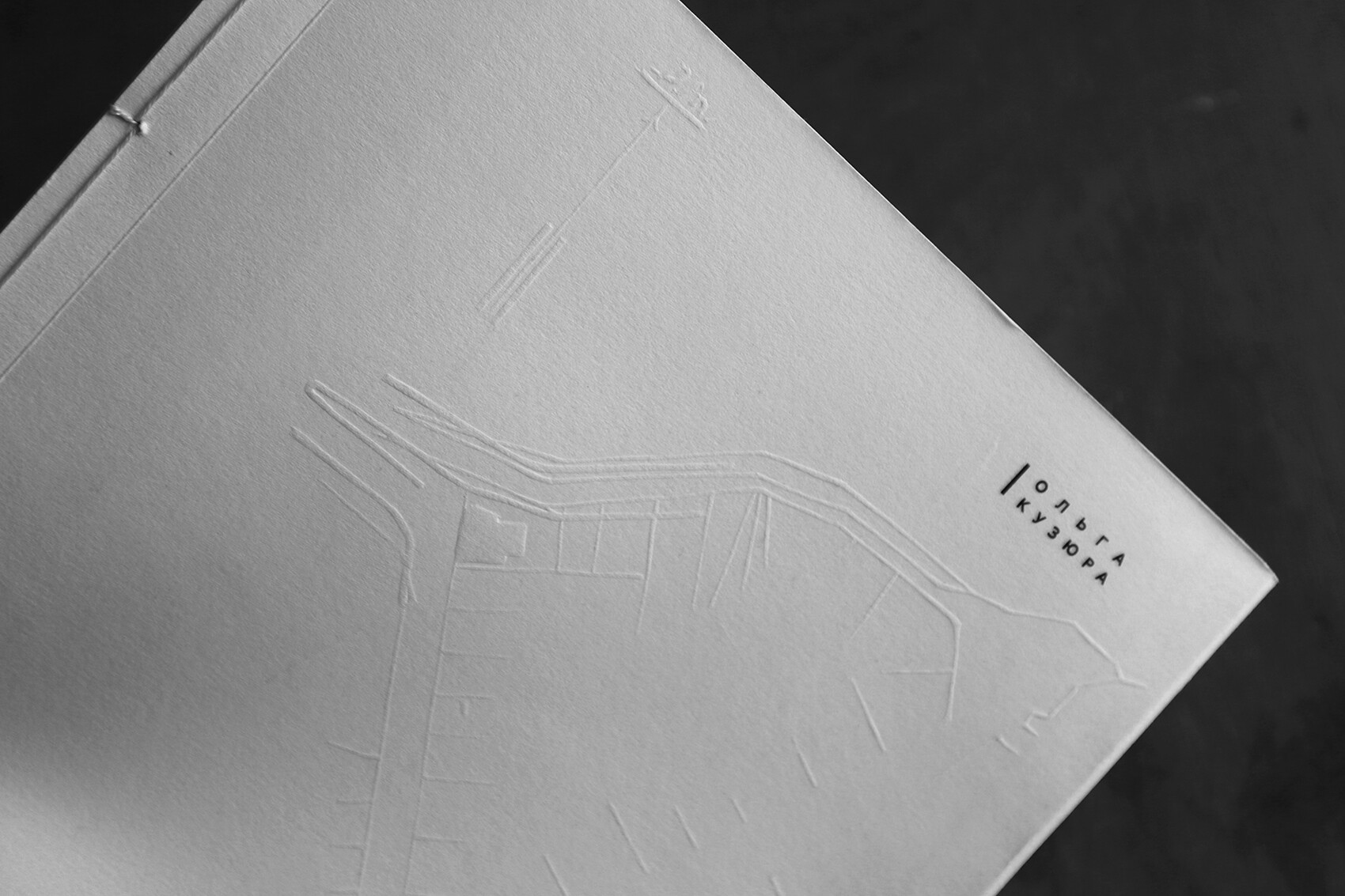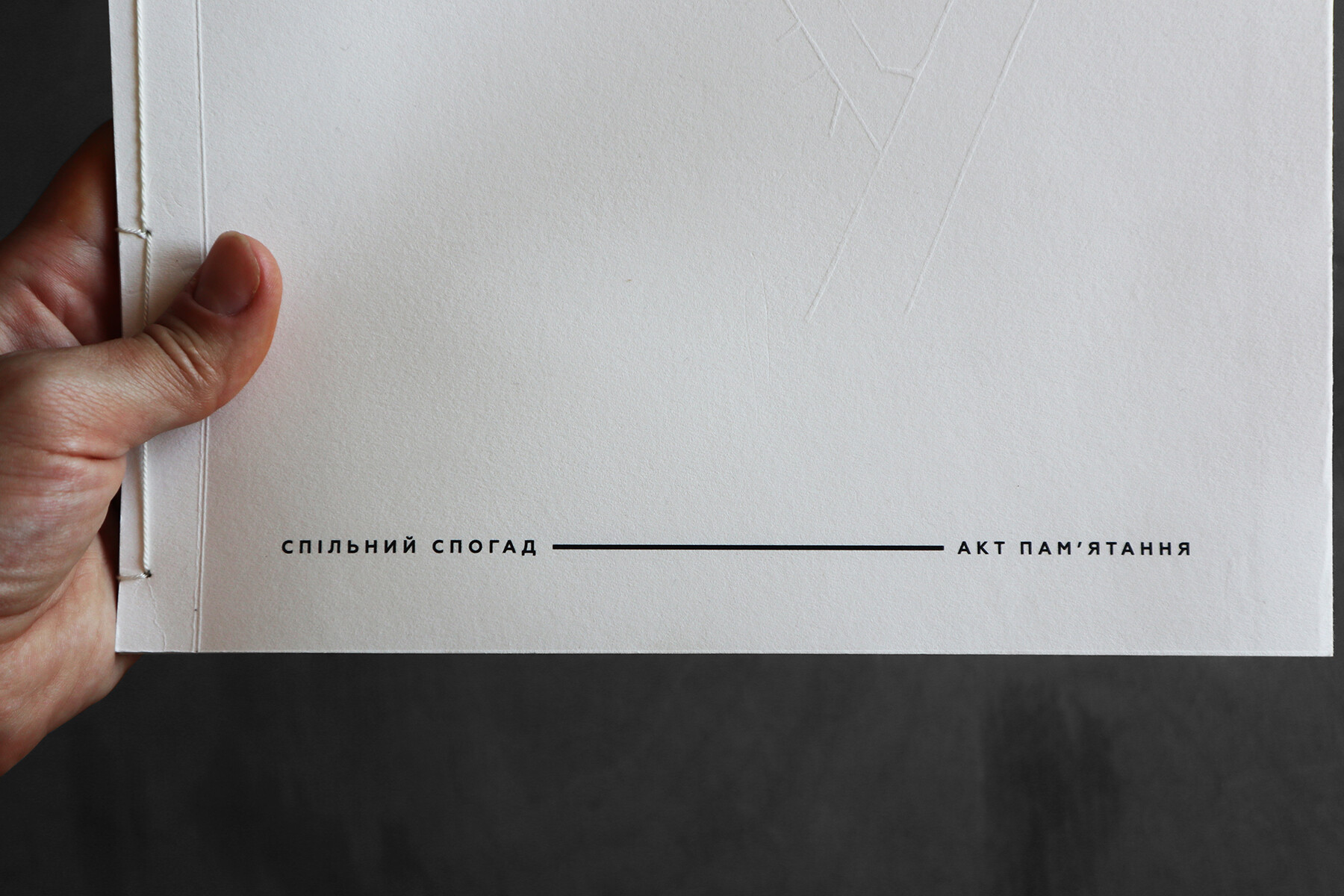A shared memory / act of remembrance is the result of a study of the history of the apartment in the Gallet house on the Knyazha st. 16 in Lviv, which took place within the framework of MoFu 360/365. The apartment has brought to our time traces of the authentic life of the original owners - a Jewish family who died in the Ghetto.
Modernism for the Future 360/365 (MoFu) is an international project aimed at (re)thinking the modernist heritage through art and audience research.
The project was implemented with the support of the Institute of Culture Strategy.
Photo: Nazarii Parkhomyk
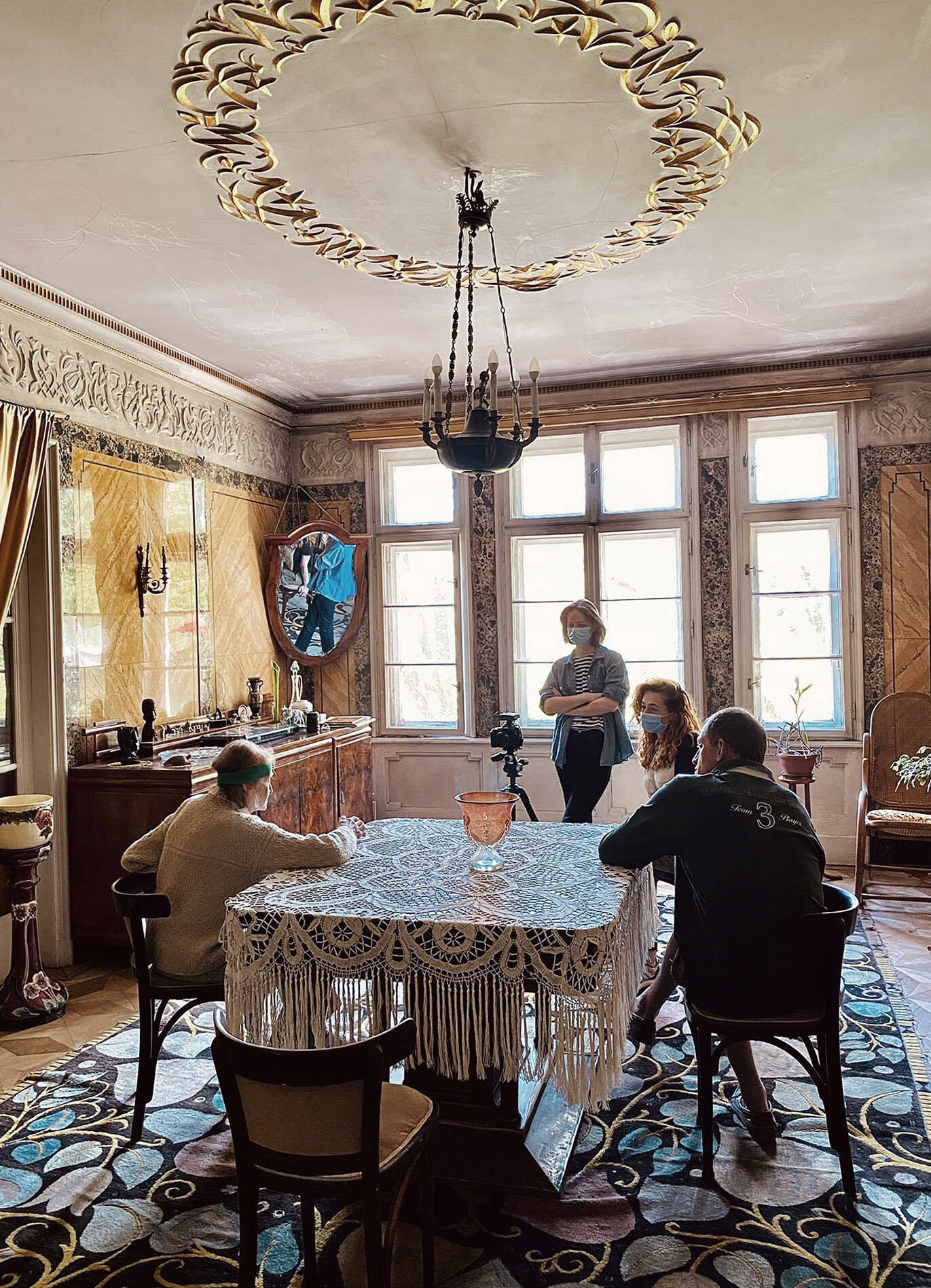
Changes in the forms of human worldview are expressed in the spatial dimensions of existence - architecture and the elements dictated by it. Working with artifacts of material culture allows us to understand what exactly can mean objects transformed into historical objects, if we consider them as symptoms of the past. And in the end they will allow us to better understand the present. This is the path to re-conceptualizing the collective self-sucker today.
The dialogue of details is covered in the material embodiment of the project. Details dictated by the style of the time, those that were the daily visual routine of the owners. The existential state to which this aesthetic experience can lead must create a disc suitable for intellectual fascination with the presence of the material and the metaphysical. I am impressed by this approach as being consistent with the Jewish worldview, in which for many centuries aesthetic experience has been an integral part of religious experience. Aesthetic experience helps to restore the spatial and bodily dimension of existence. The created installation is the appeal to the ancient art of "reisele" - in Yiddish "rose". But not in the literal reproduction of the technique of cutting paper, but in the semantic selection of the composition that reveals the most important symbols are physically intertwined. The paper itself is not just a document certifying birth and death. In Jewish culture, paper works were talismans for newborns and marriage. Paper compositions are placed in the window - symbols of major religious holidays. Some ritual compositions were created by women, and mainly by men or boys - students of religious schools (yeshivas), often during a break between studying sacred books - work on a cut-through picture allowed thinking about the content of sacred texts.
It was with the help of paper that prints were taken, posthumous masks of layered energy were formed from material objects. The installation becomes an accumulation of different past worlds and their artifacts in the realm of simultaneity.
According to the assumptions of the involved residents of modernist buildings, the lost motives, details from the apartment at Knyazha 16 and the rest of the house were recreated. It is the associative series formed due to the involvement of others that reflects changes over time in the forms of human worldview. Time is the primary dimension of any culture, primarily because it is needed to perform transformational actions that determine the relationship between people and the world. The formed material series within the understanding of modernism and the interethnic context can become a step towards the transformation of models of historical memory.
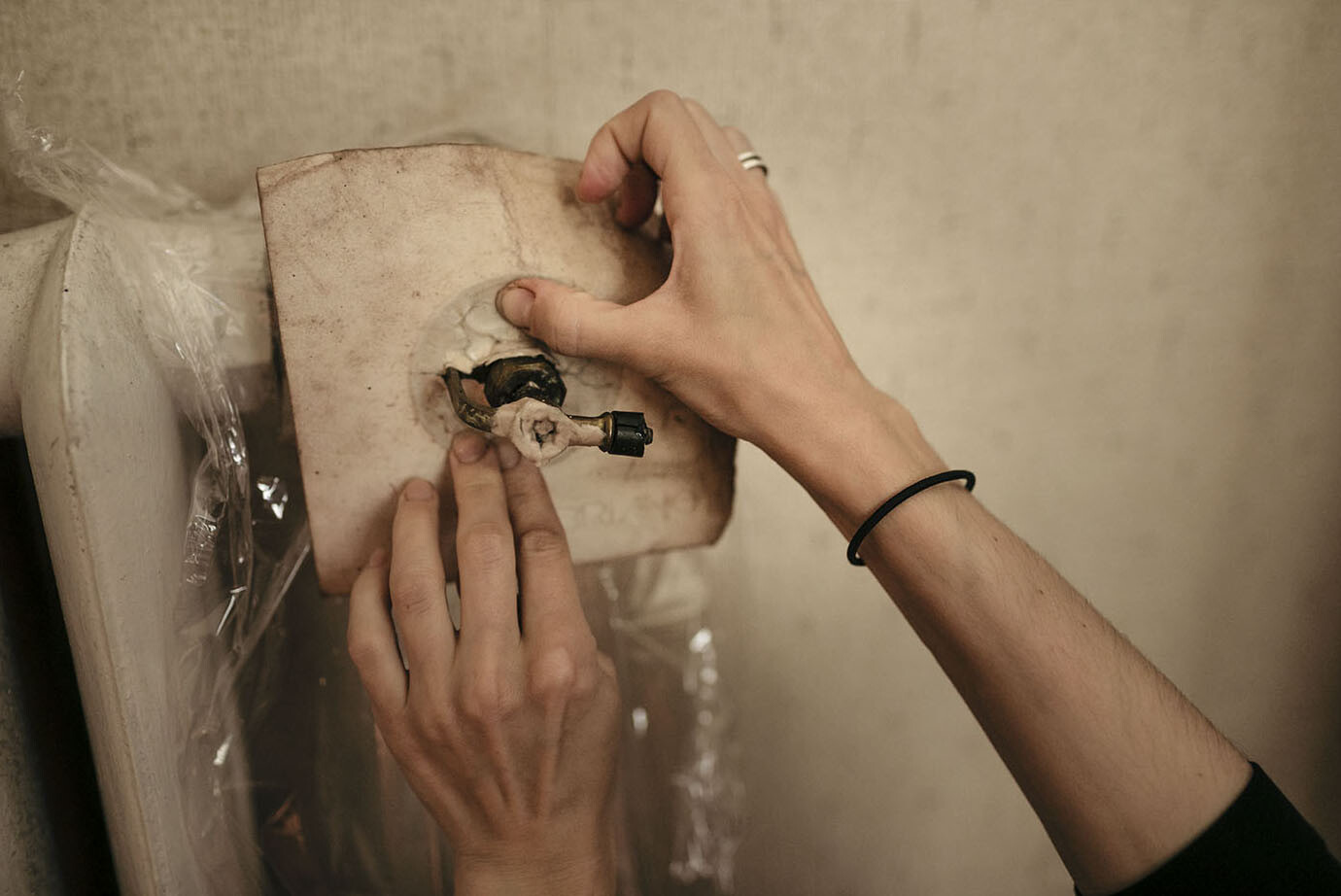
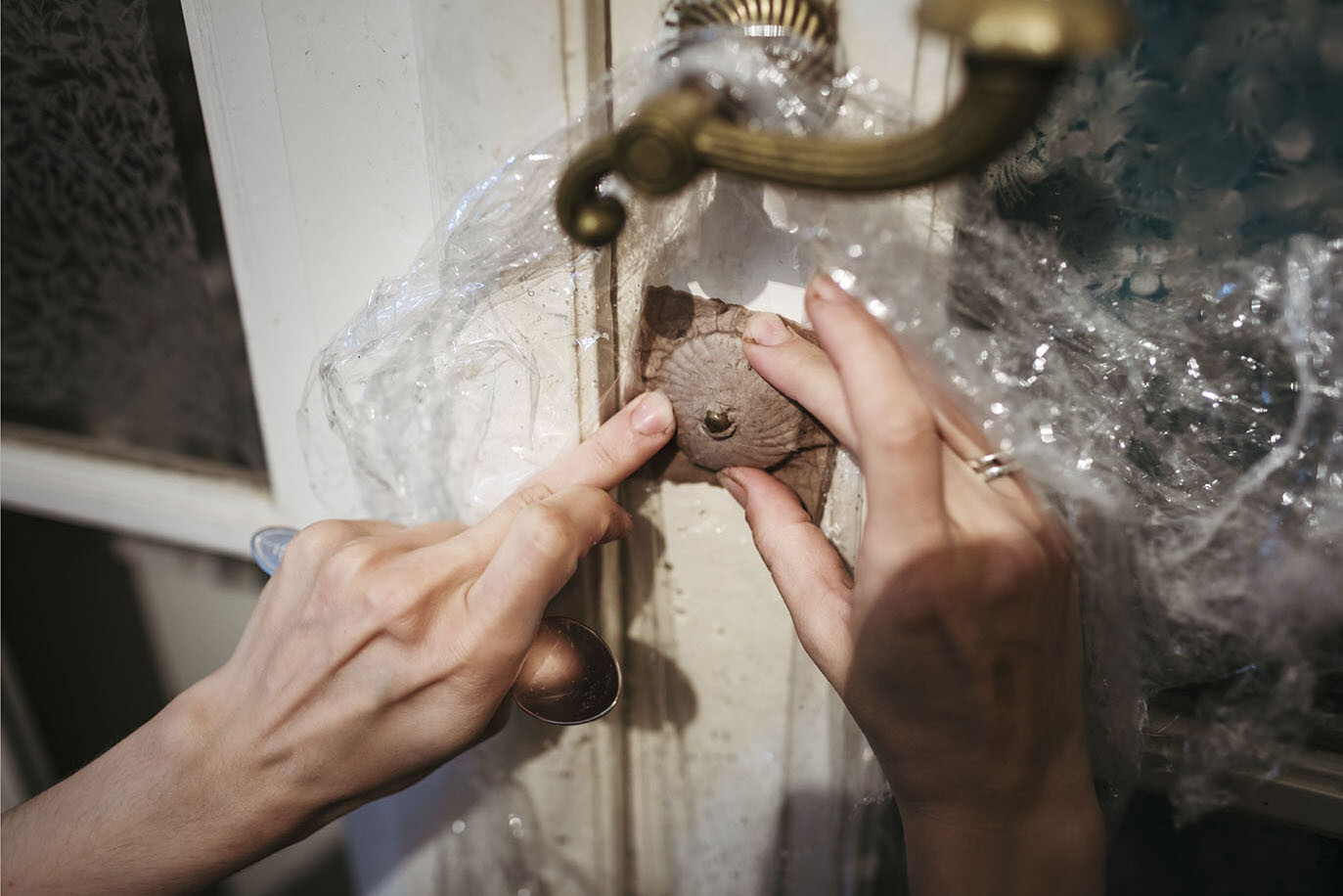
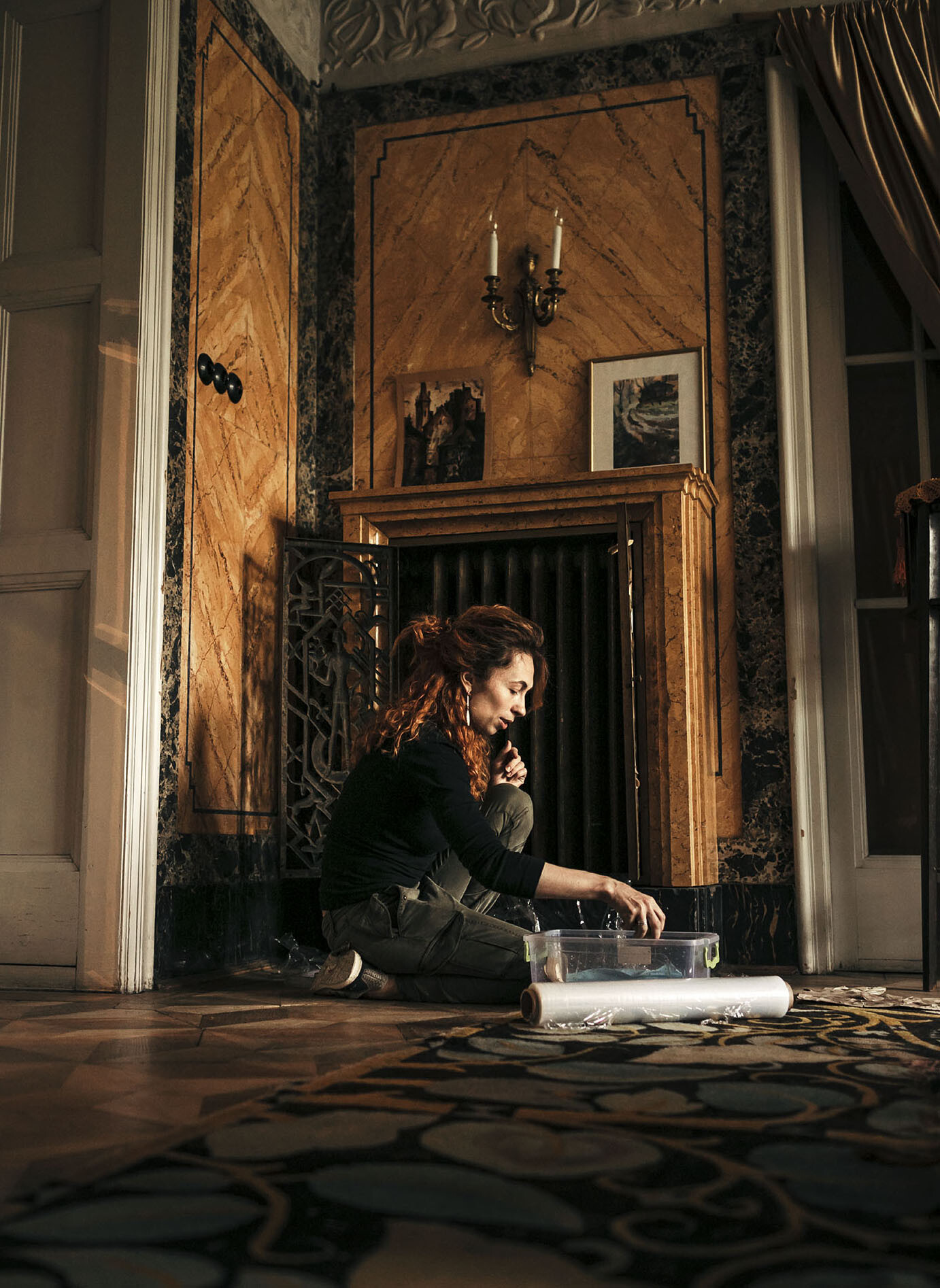
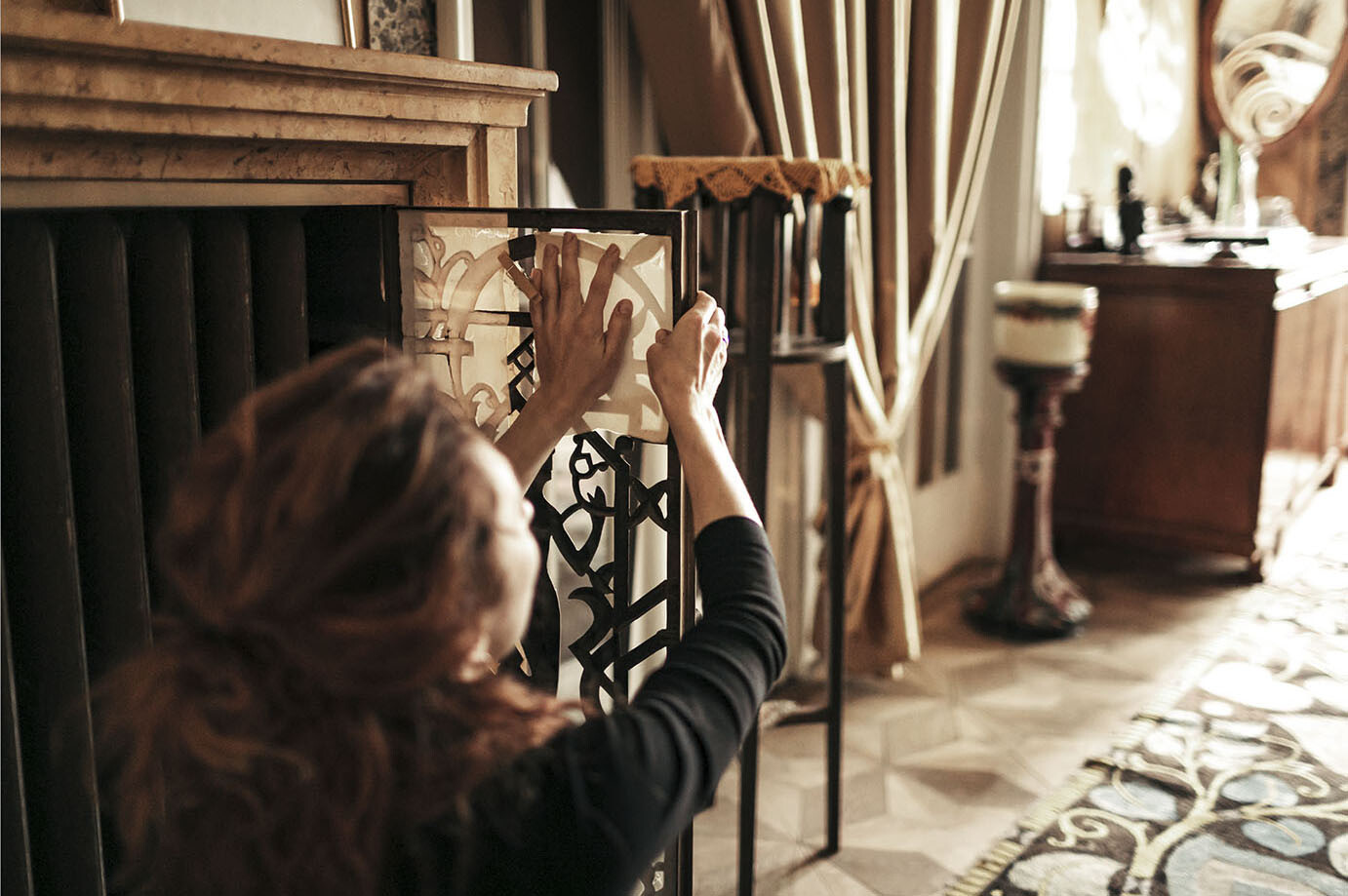
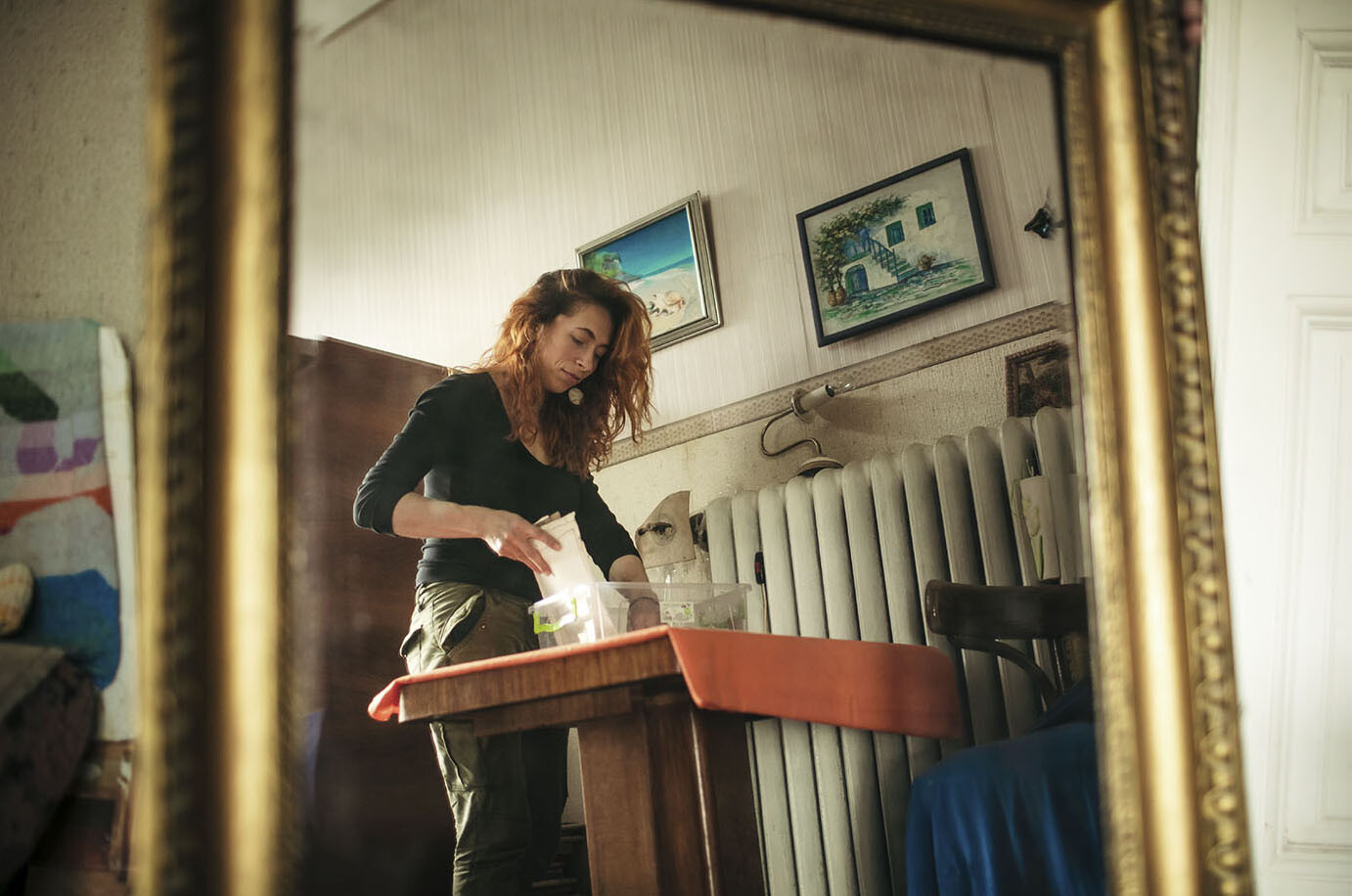

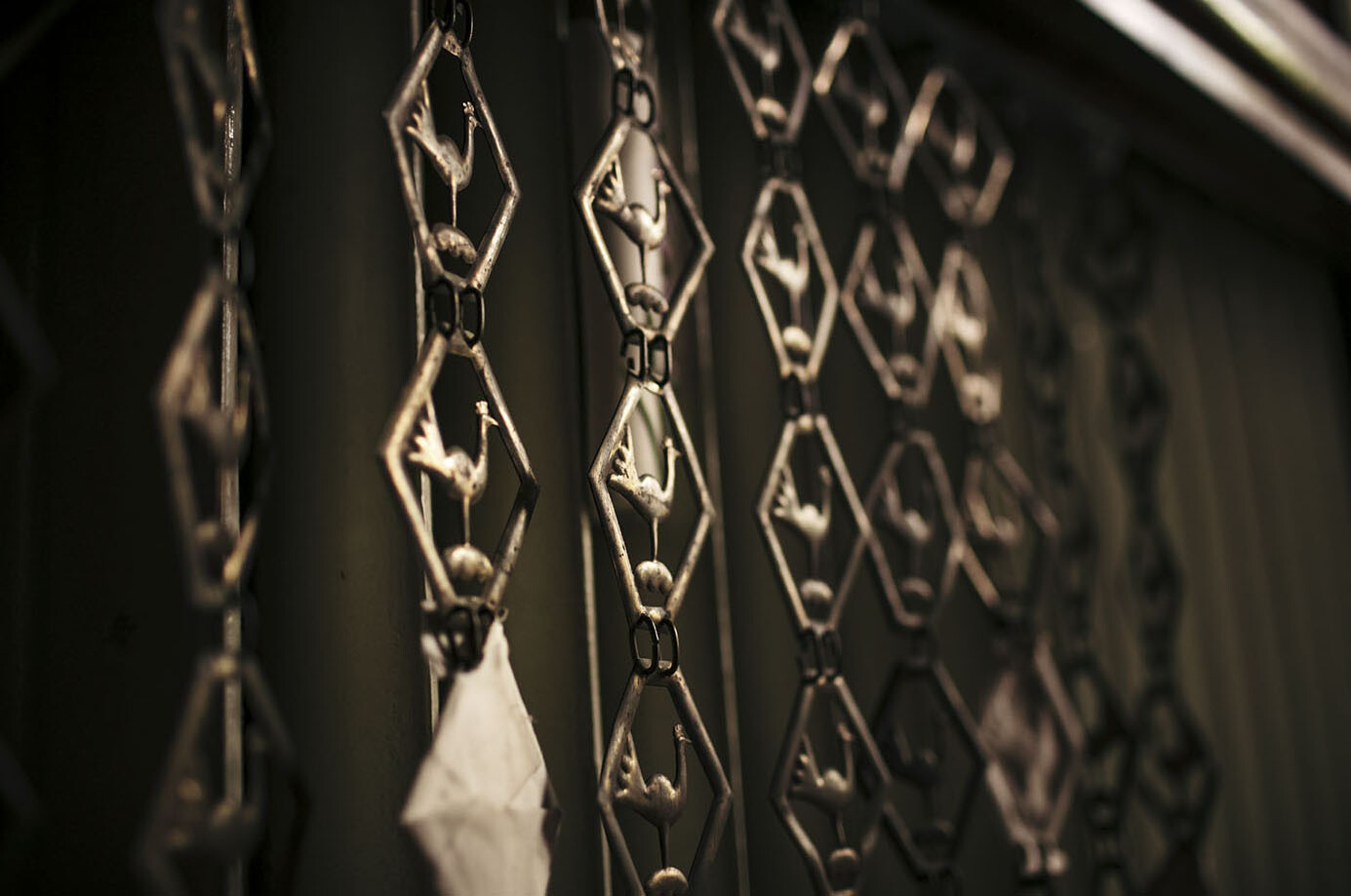
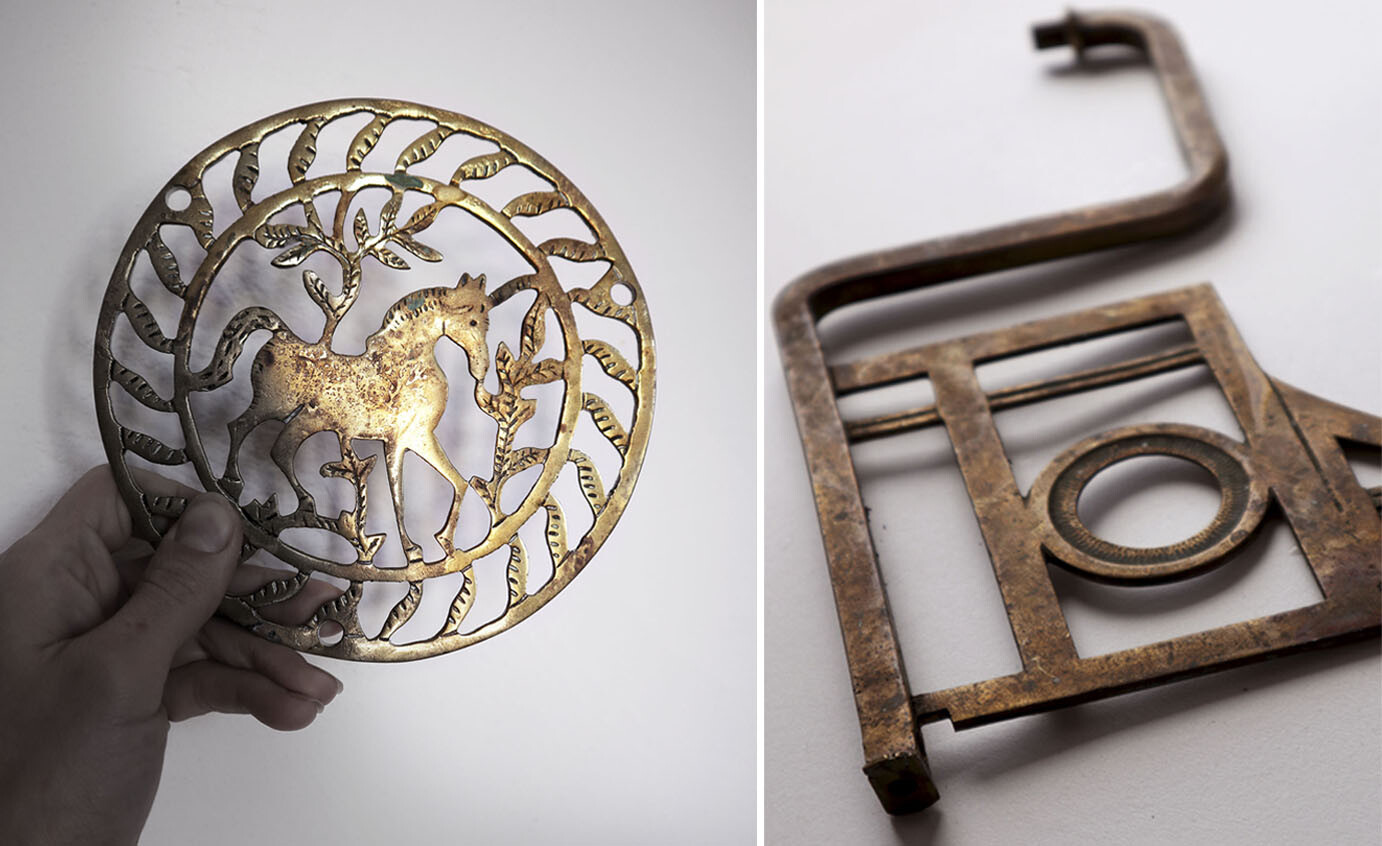
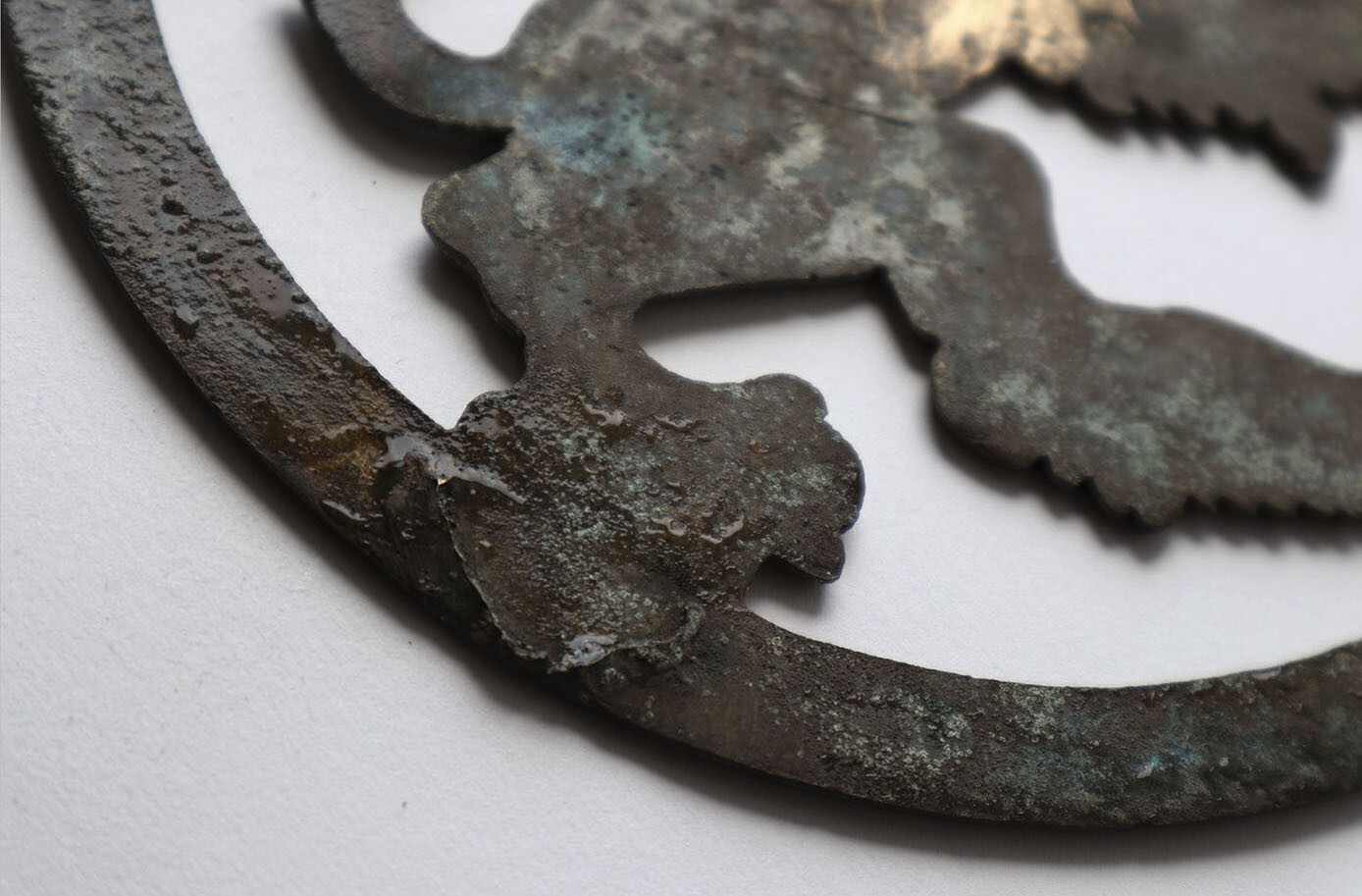
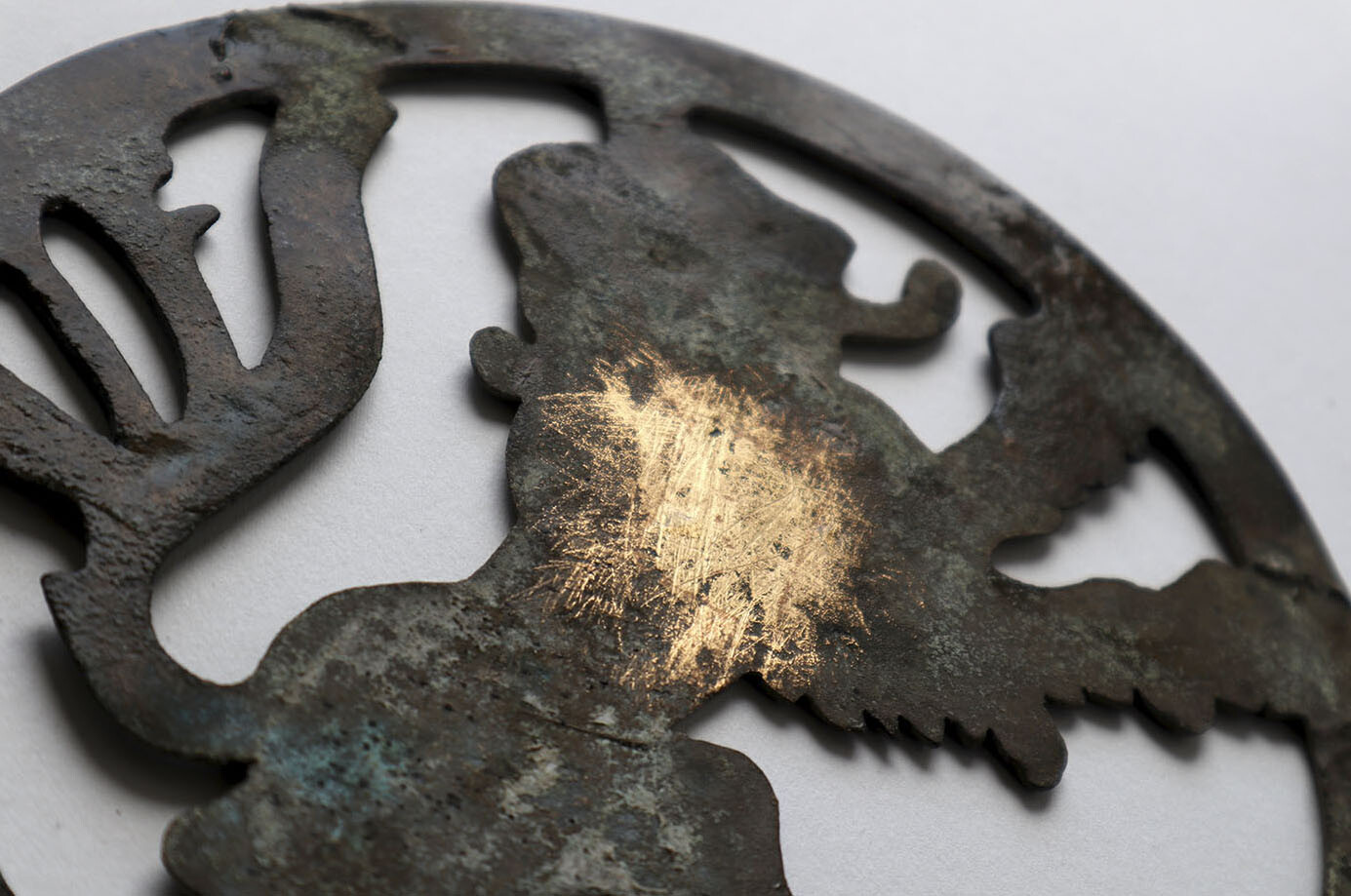
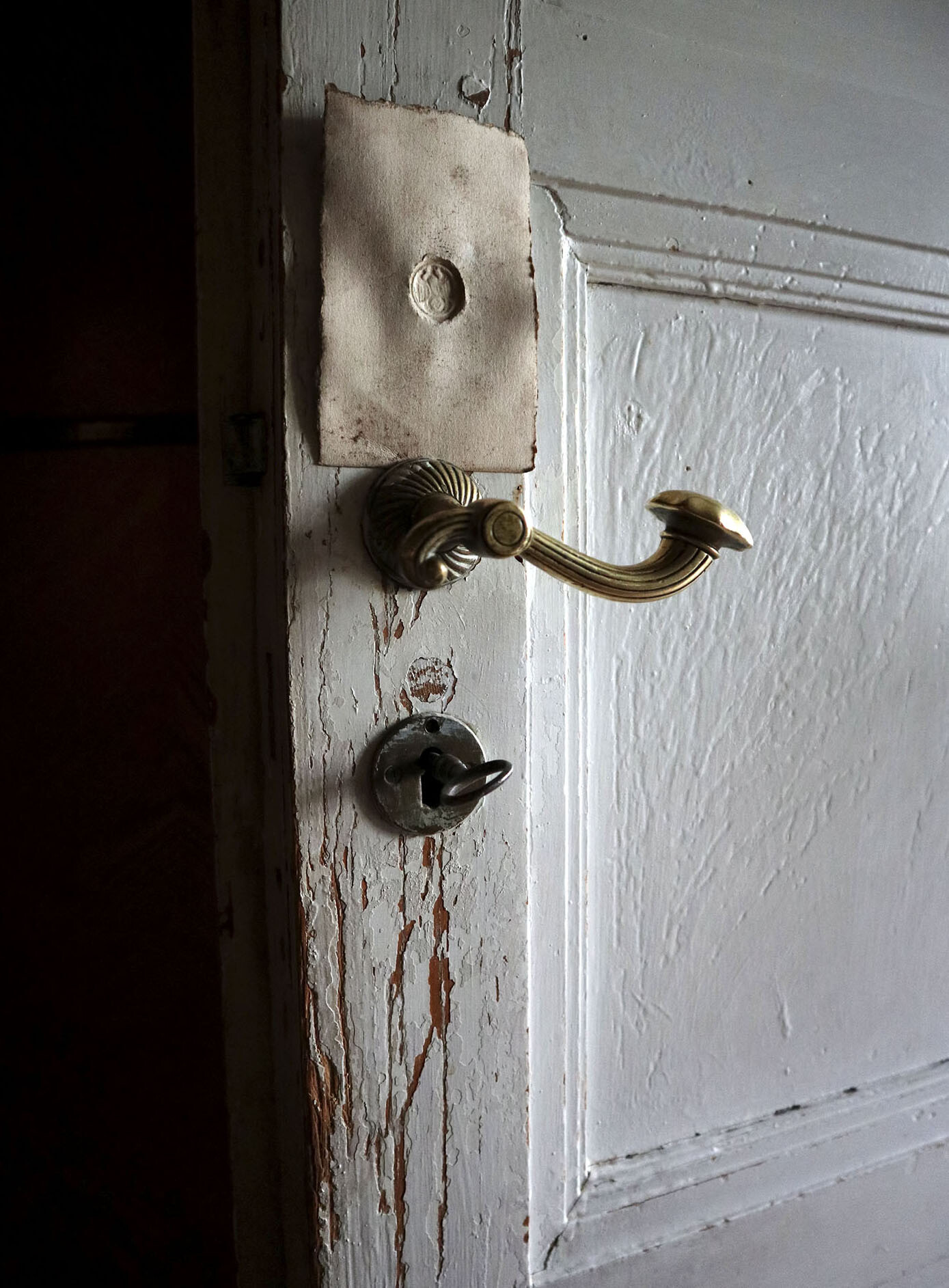
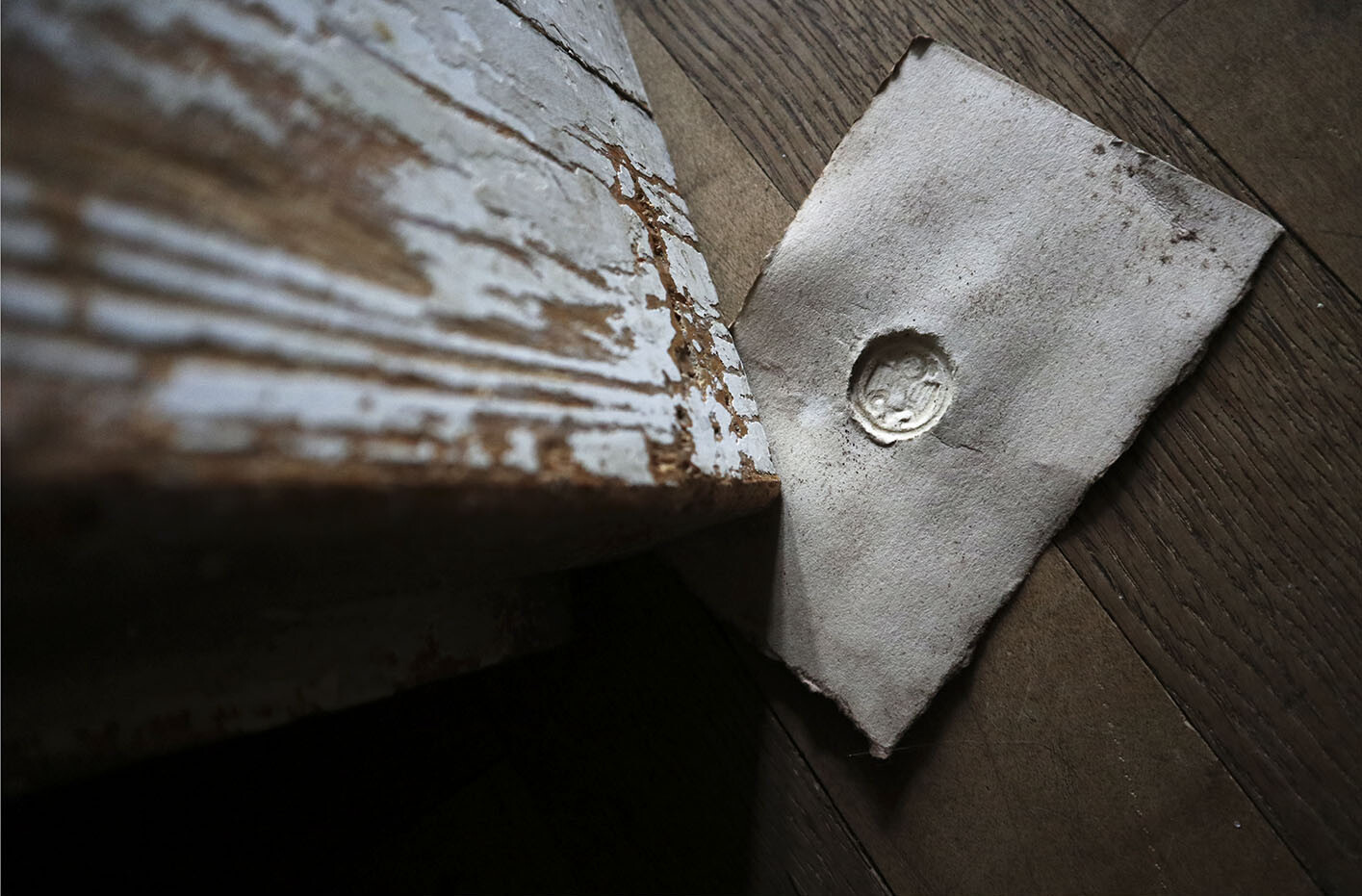
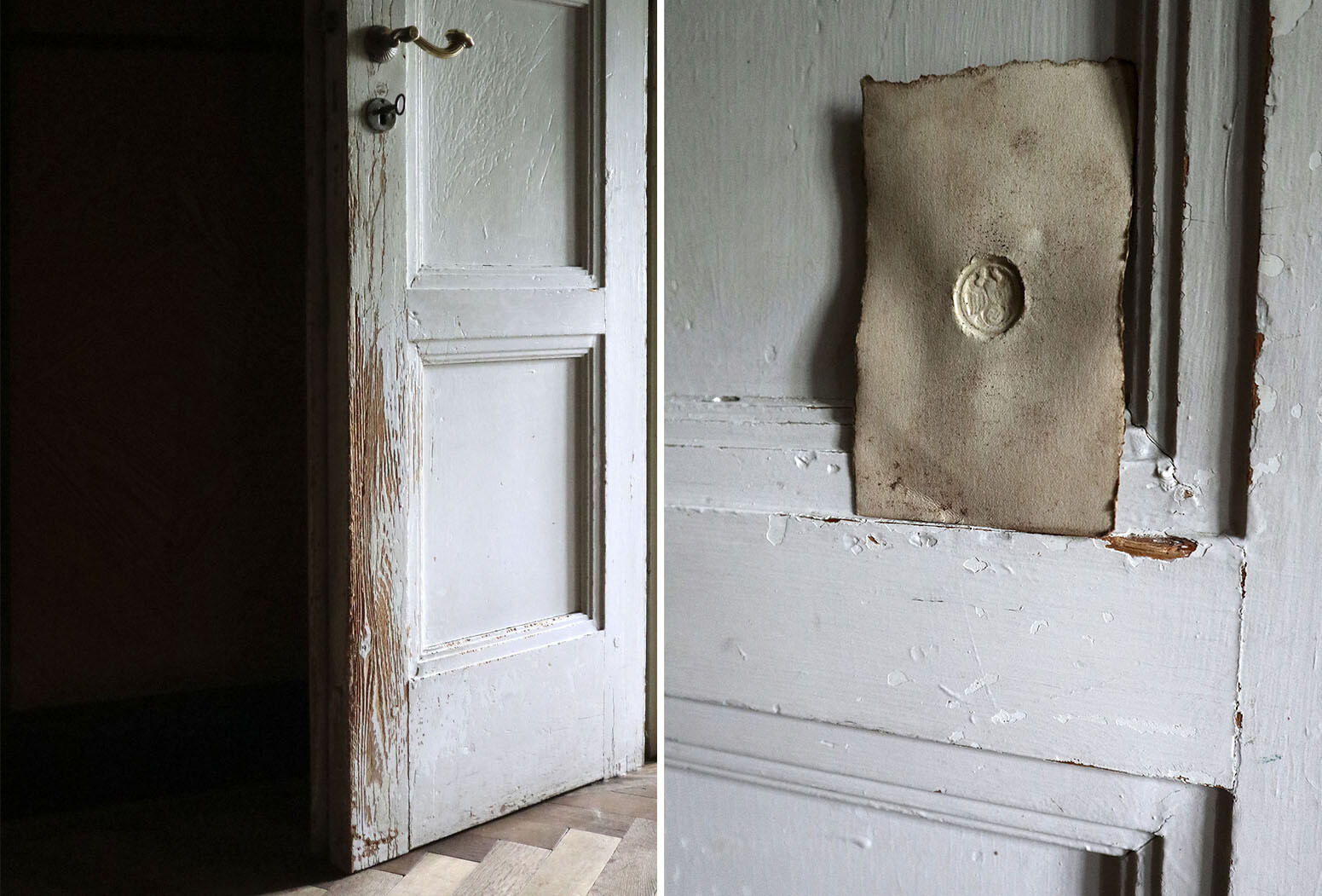
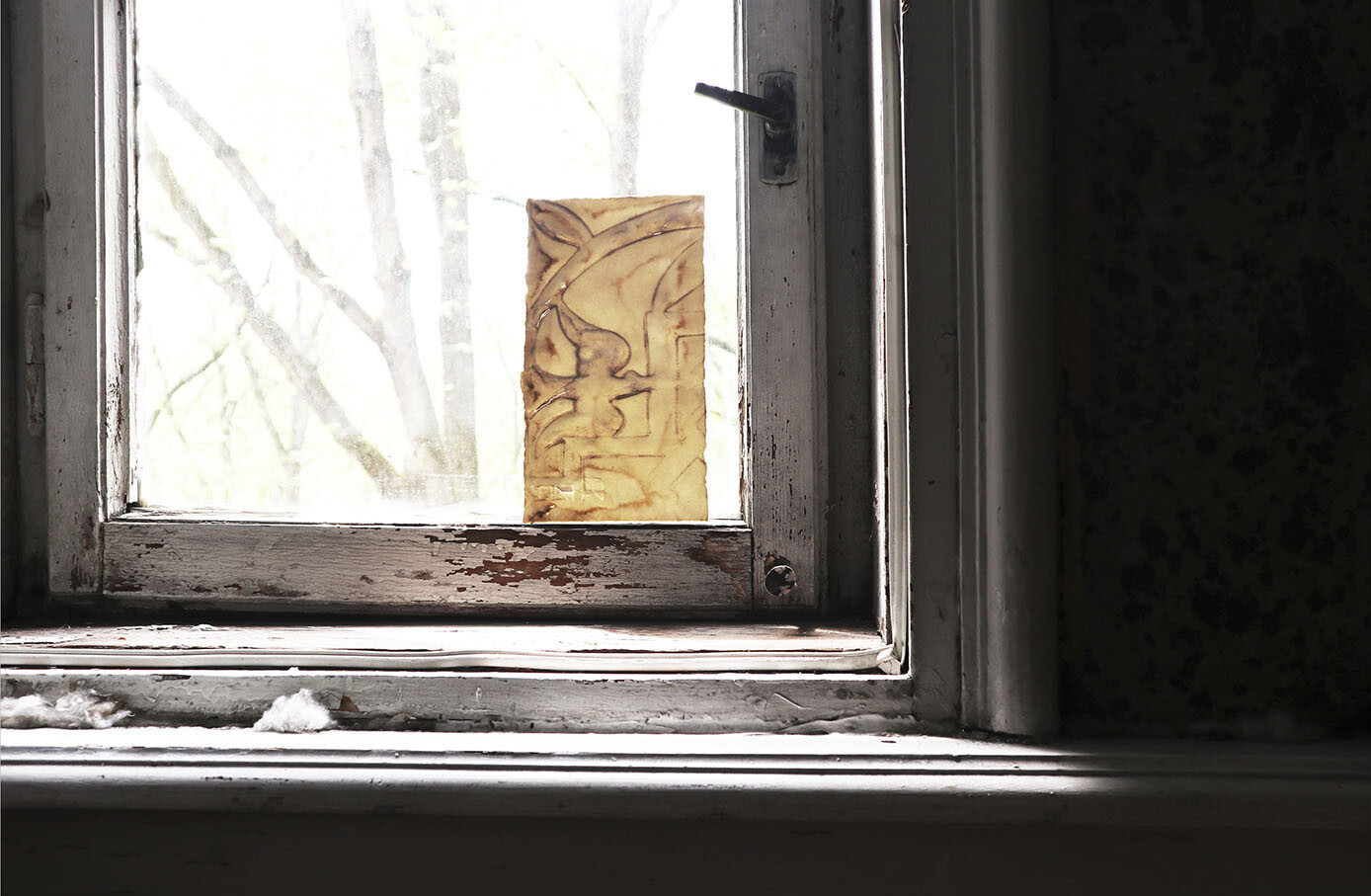
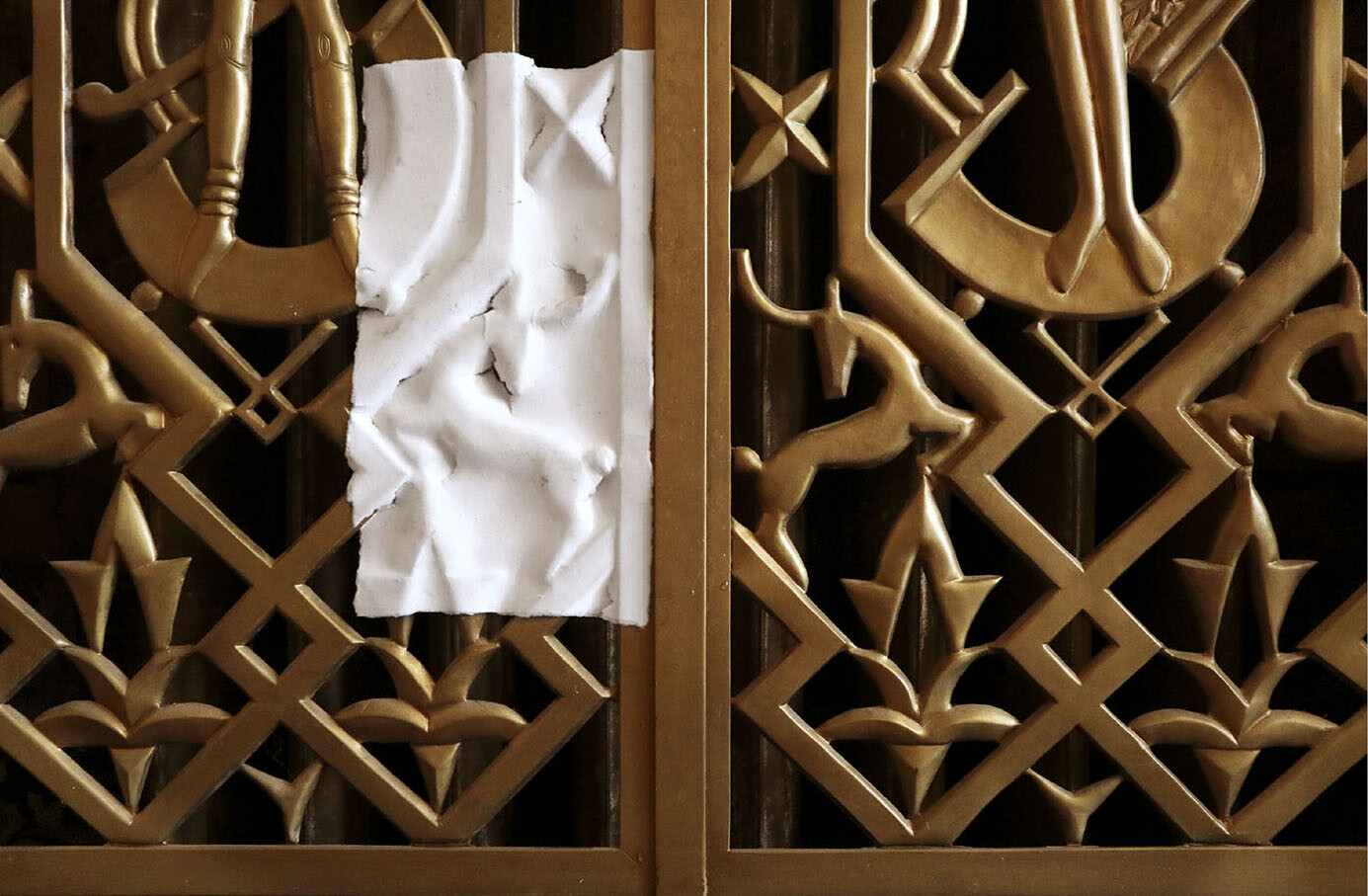
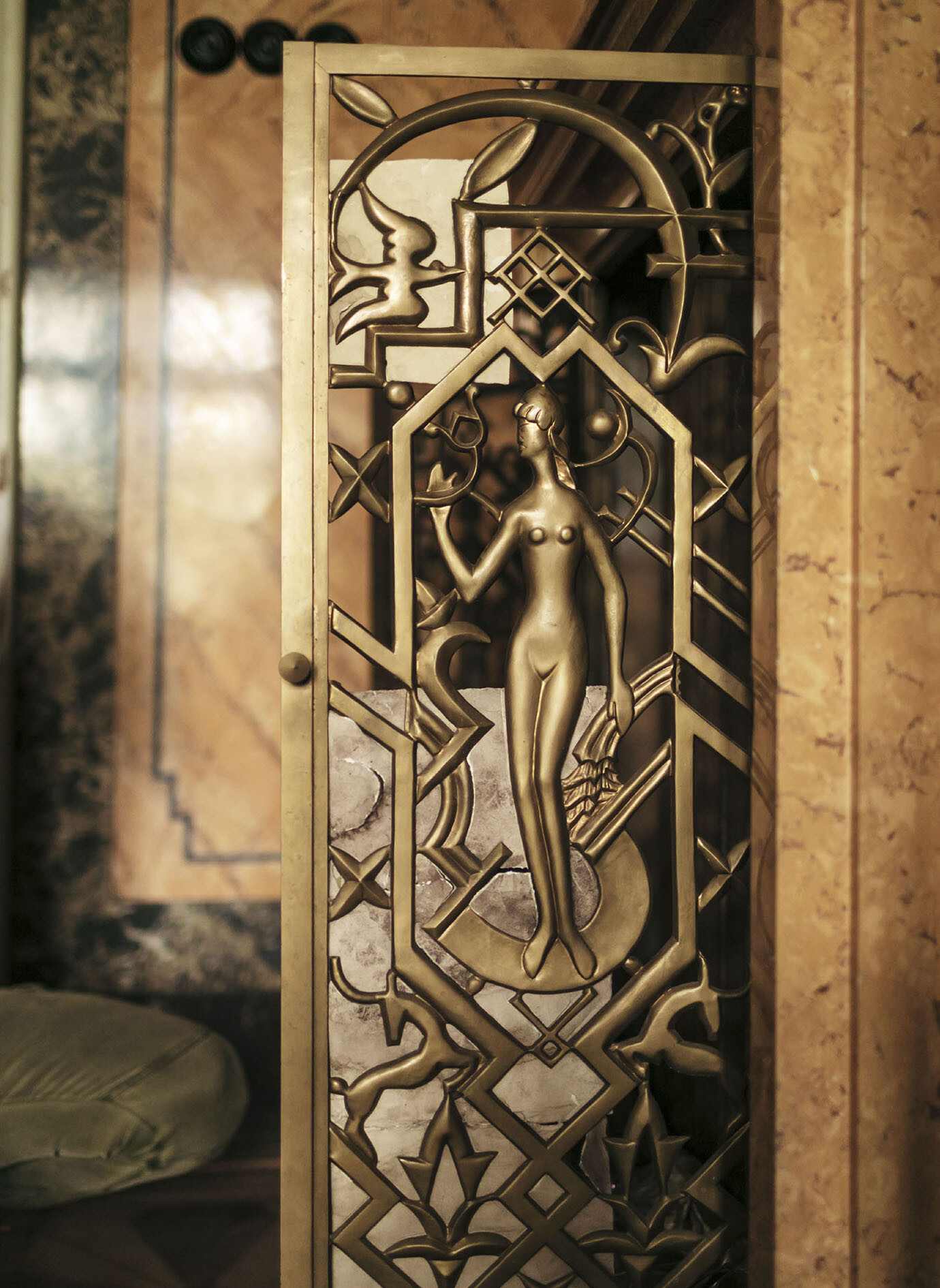
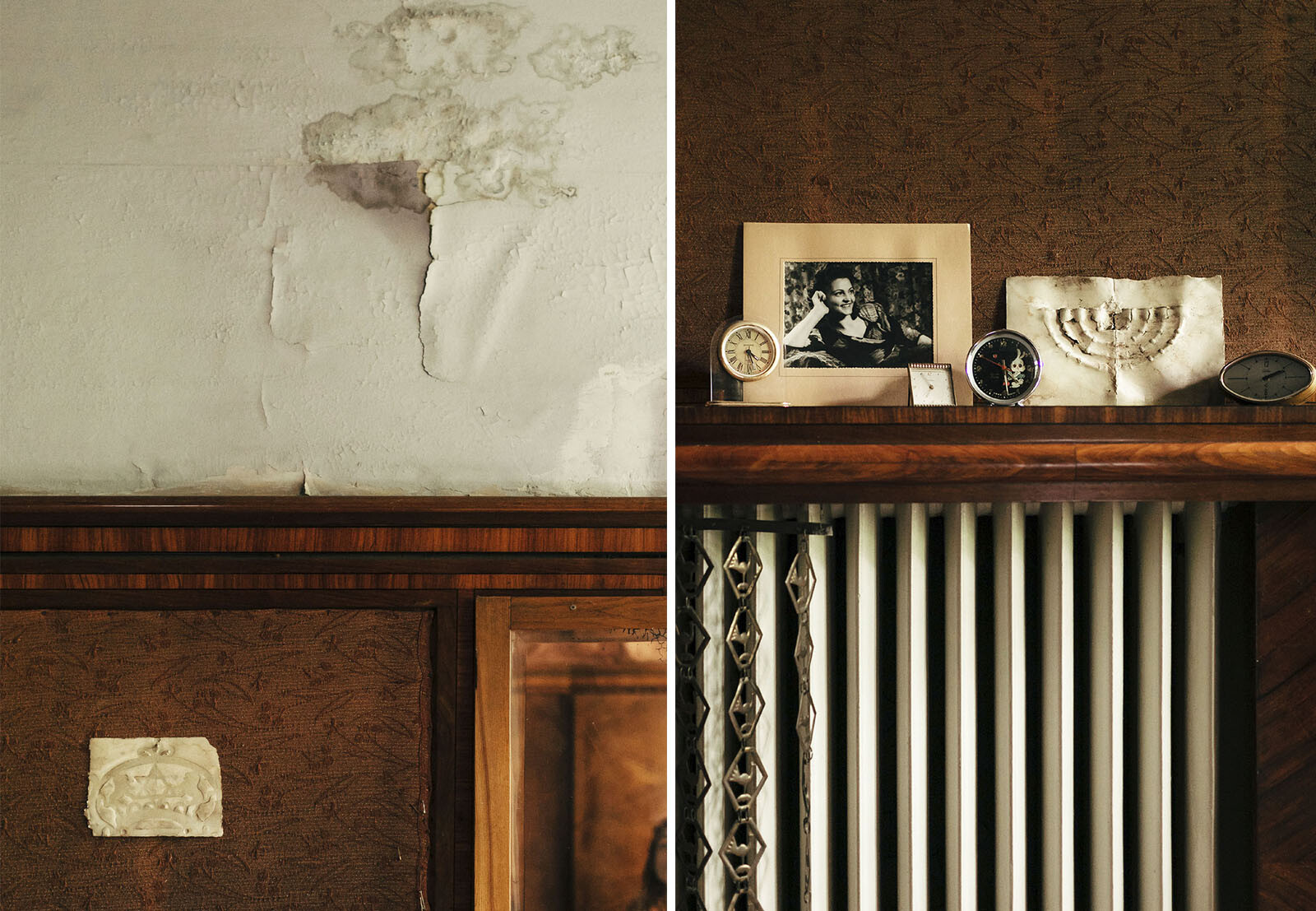
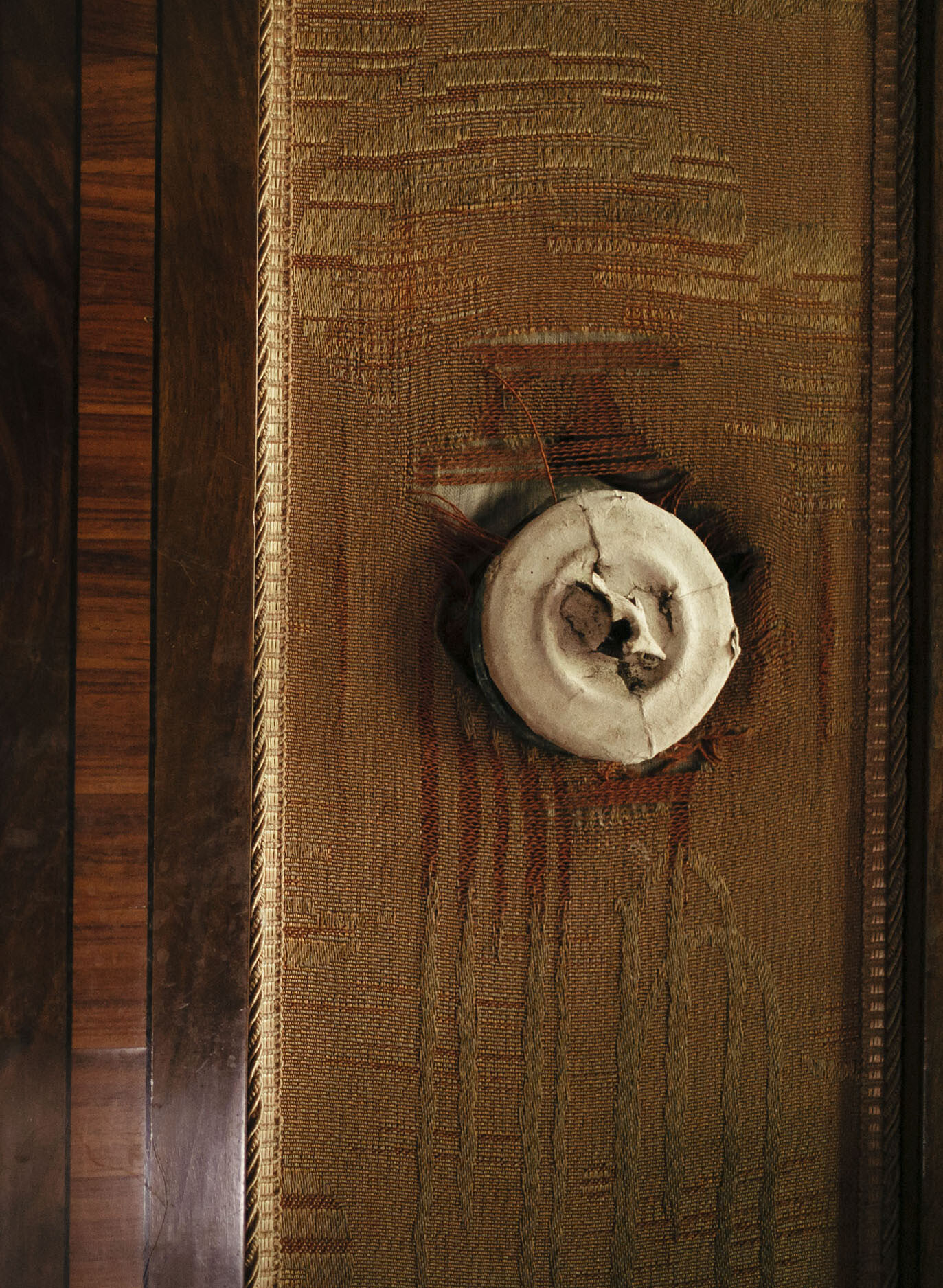
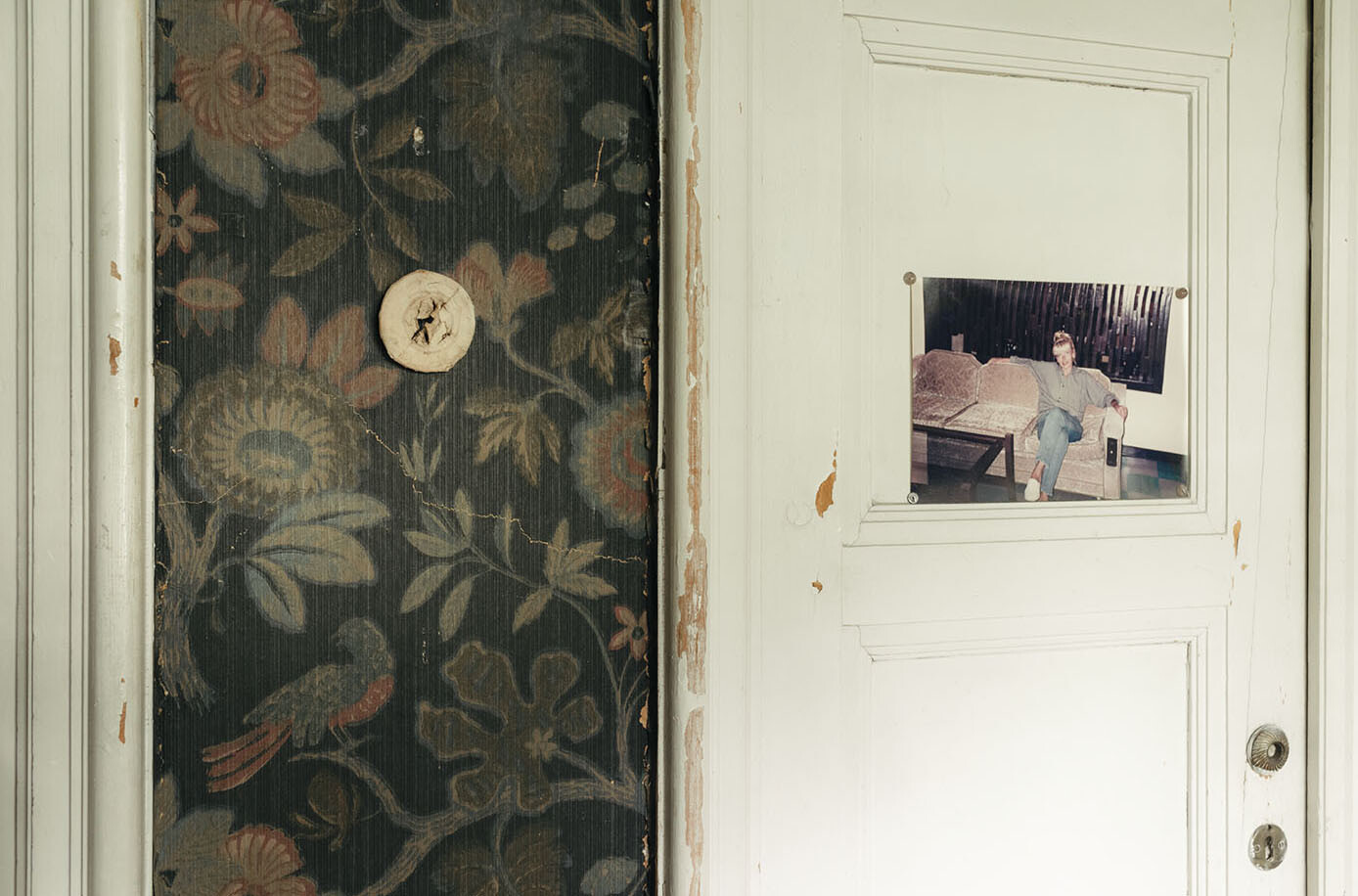
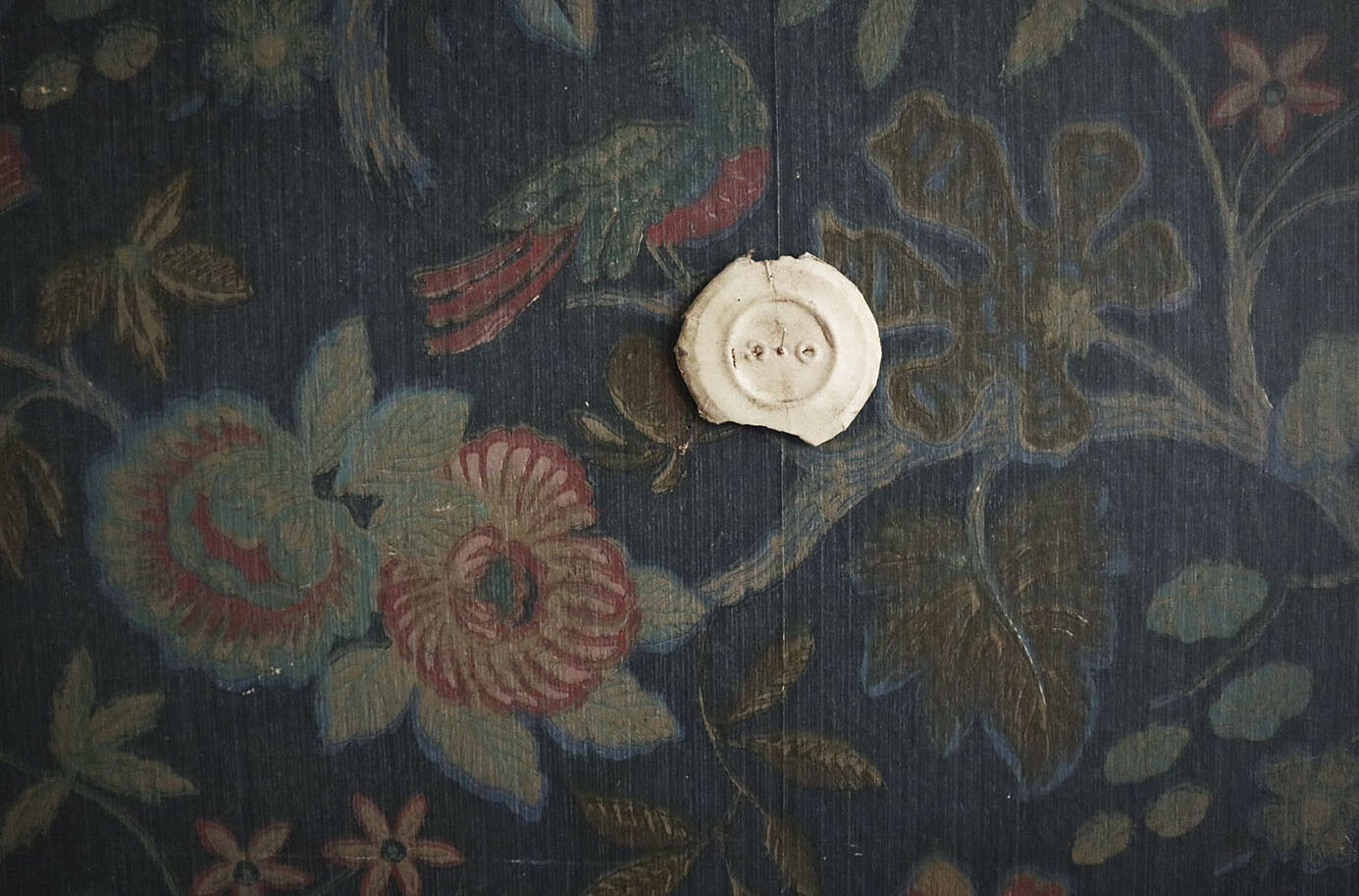
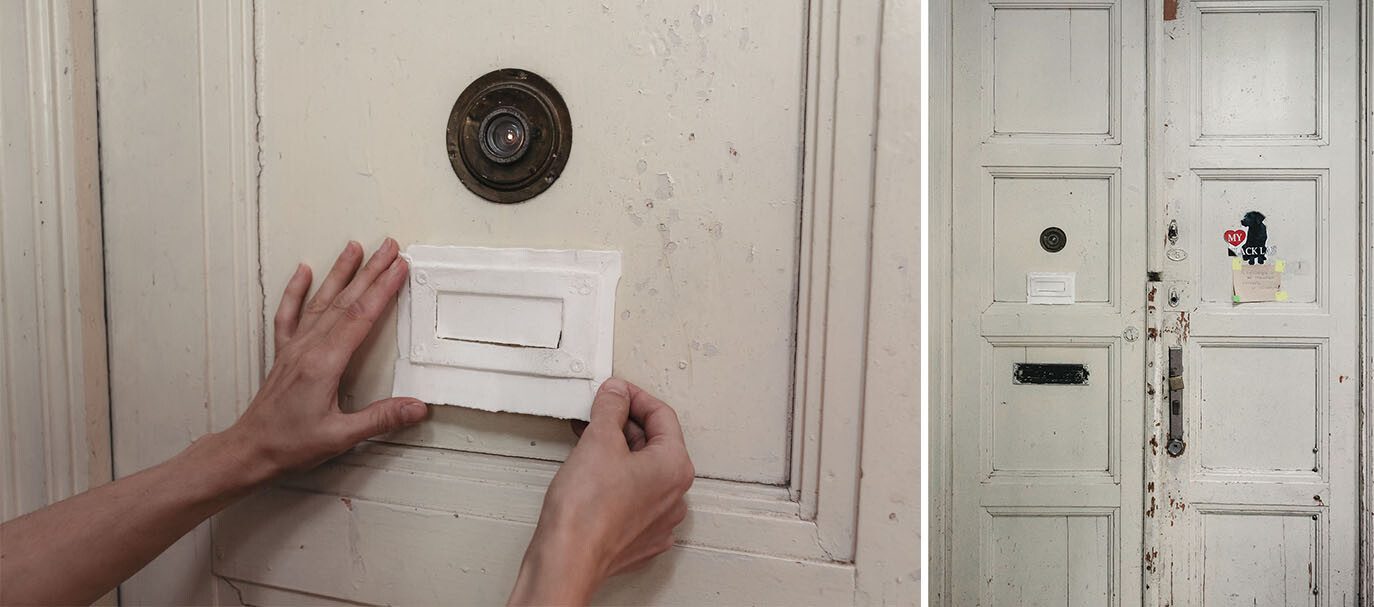
The results of the local residence Modernism for the Future 360/365 in the stone houses of the Gallet were presented on June 3, 2021. The work took place in the whole house, installations were created from household items and paper embossed prints implemented into the interior. For the public presentation, only one room was opened, where the main installation was mounted. The paper composition reproduces the motif of the traditional Mizrah (a decorative panel carved out of paper on the wall in the synagogue or private house facing the Temple Mount in Jerusalem). The location of the object is not accidental: in the past, the site of the installation was the entrance to another room and terrace - the lost part of the house, facing the mountain Vysokyi Zamok. The presentation of the project on Knyazha 16, in particular the installation, was a continuation of the discussions, developed during the residence itself when working with residents of the modernist buildings in Lviv. A lively discussion of the artistic and research component of the residency created a sense of the beginning of a new phase in the life of the project, rather than its completion.
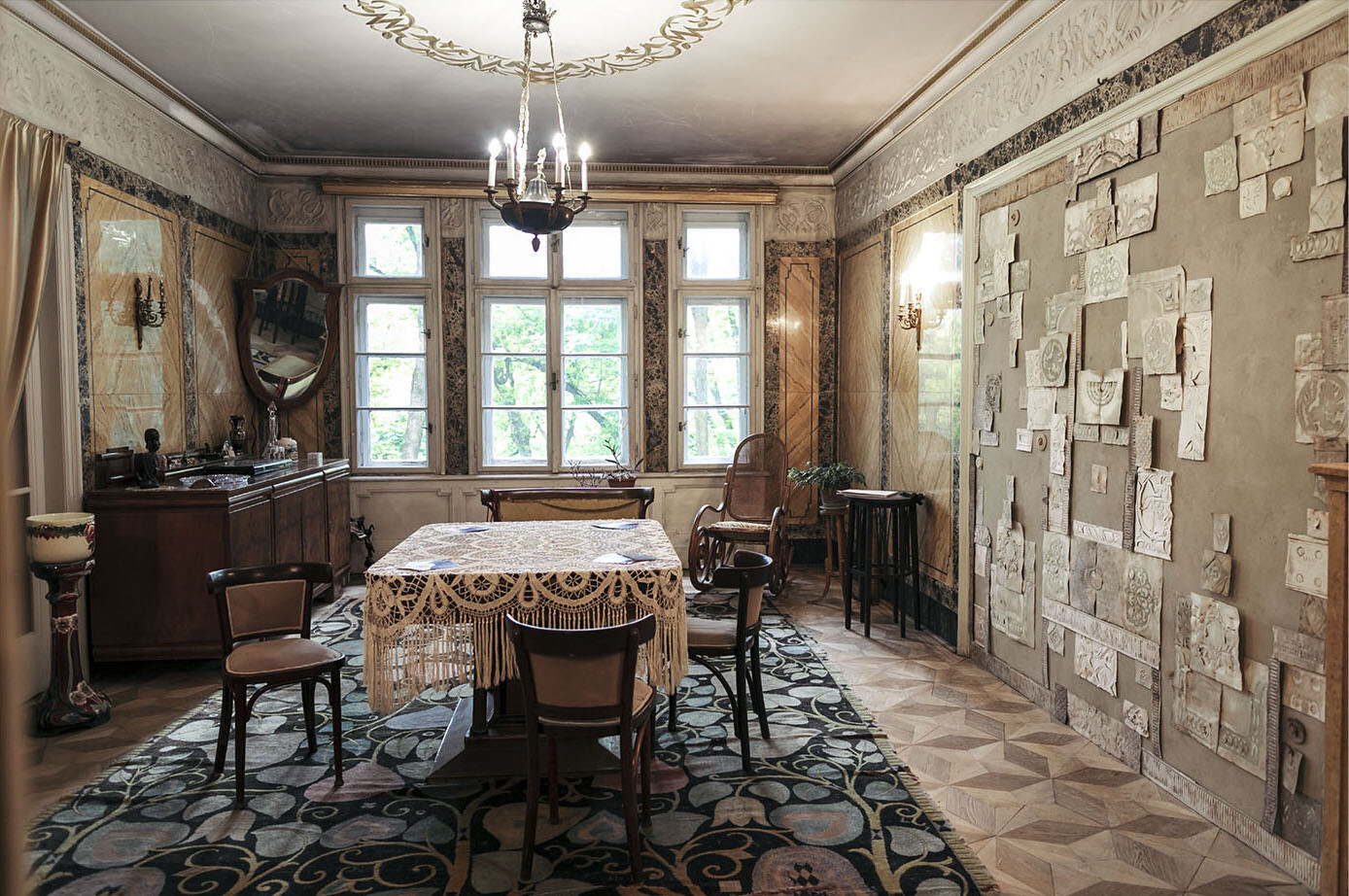
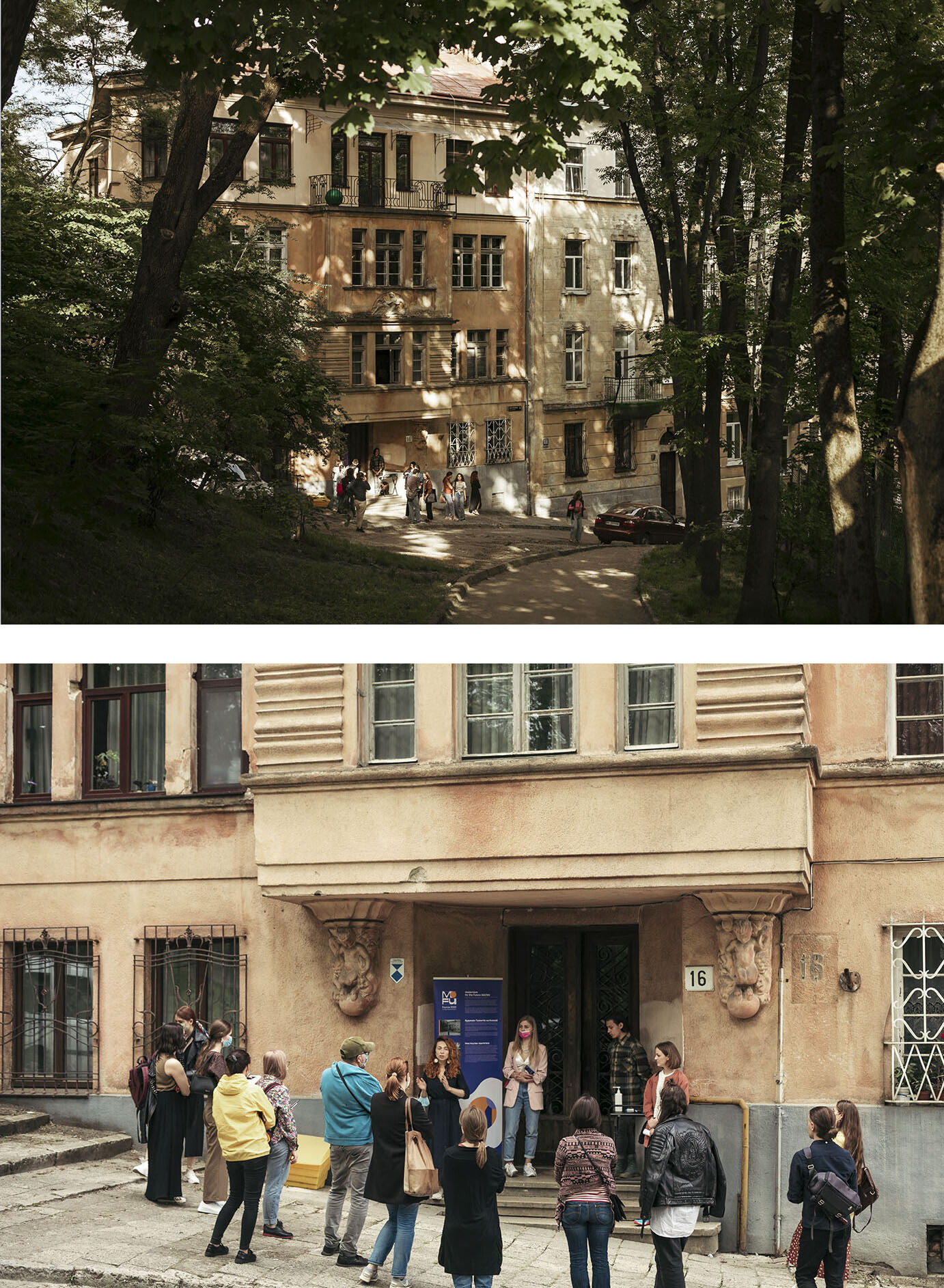
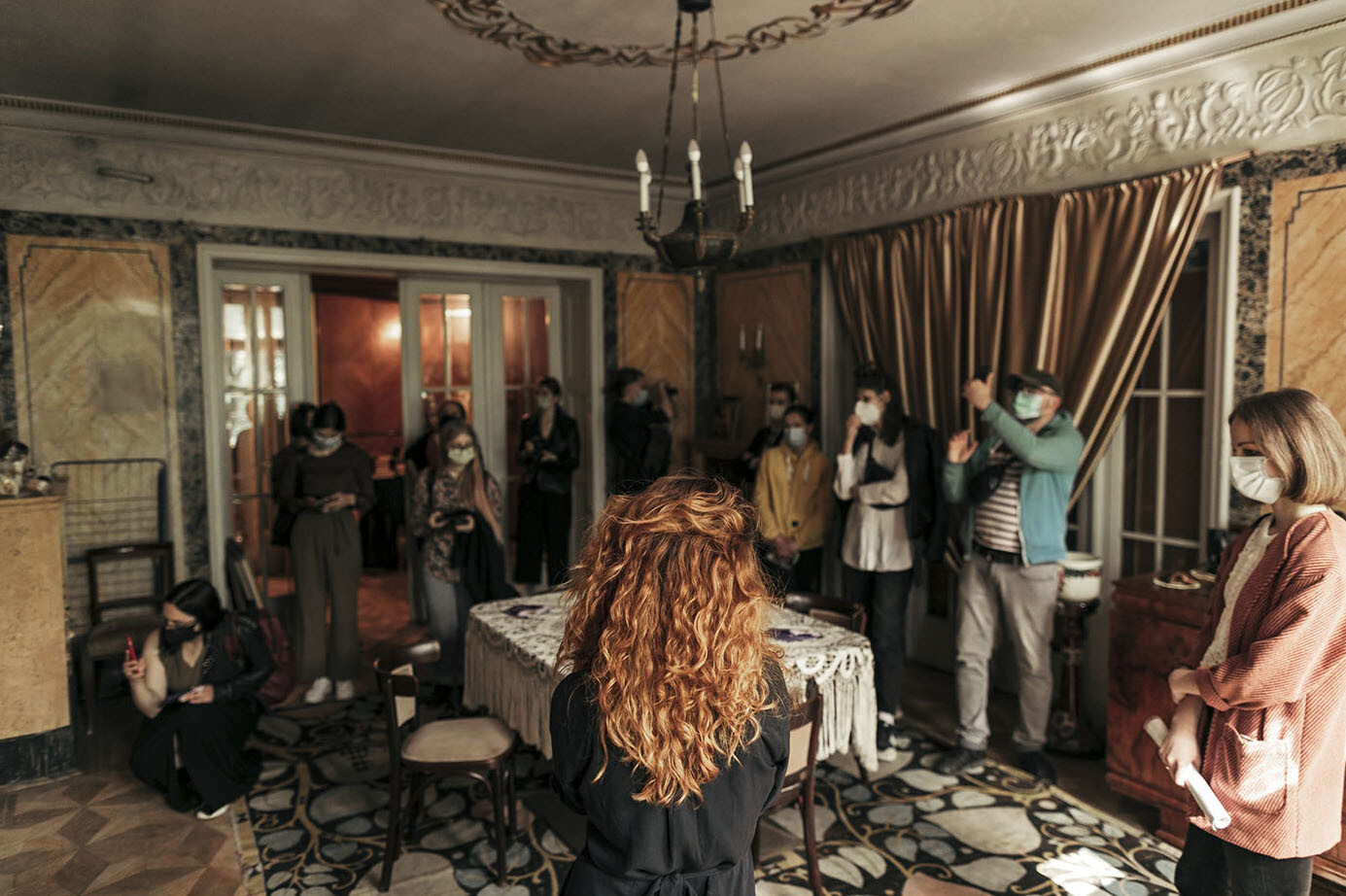
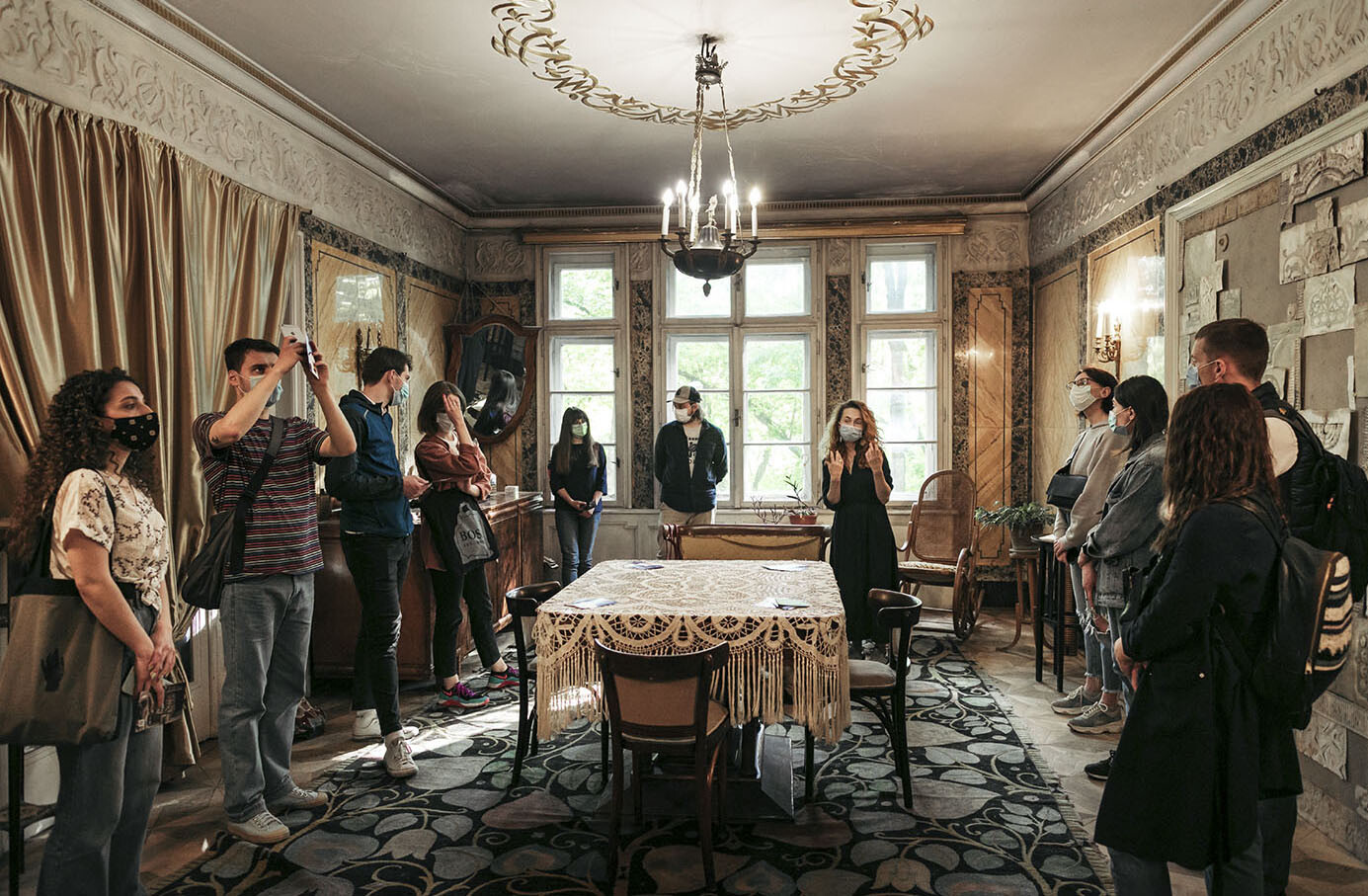
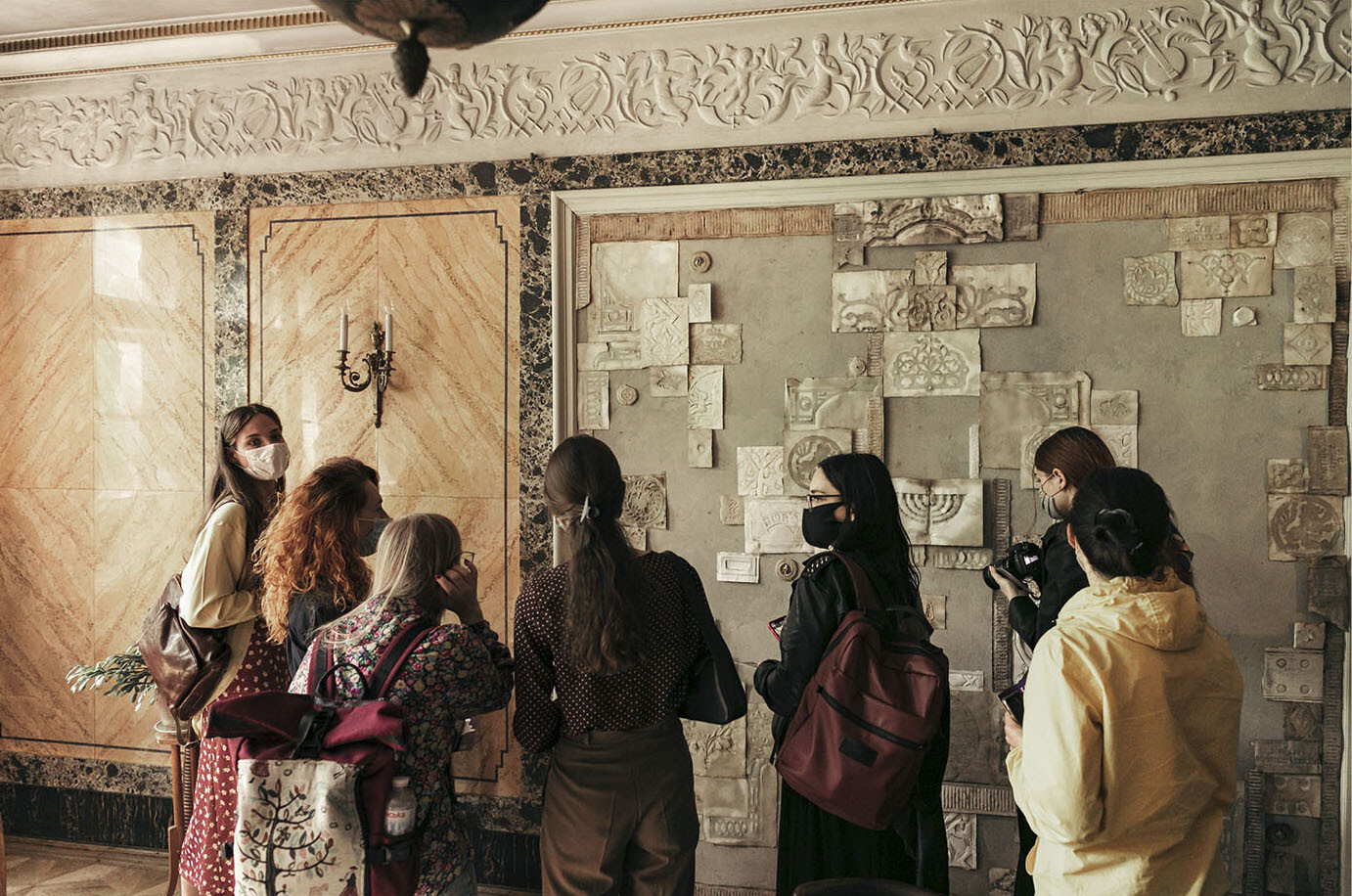

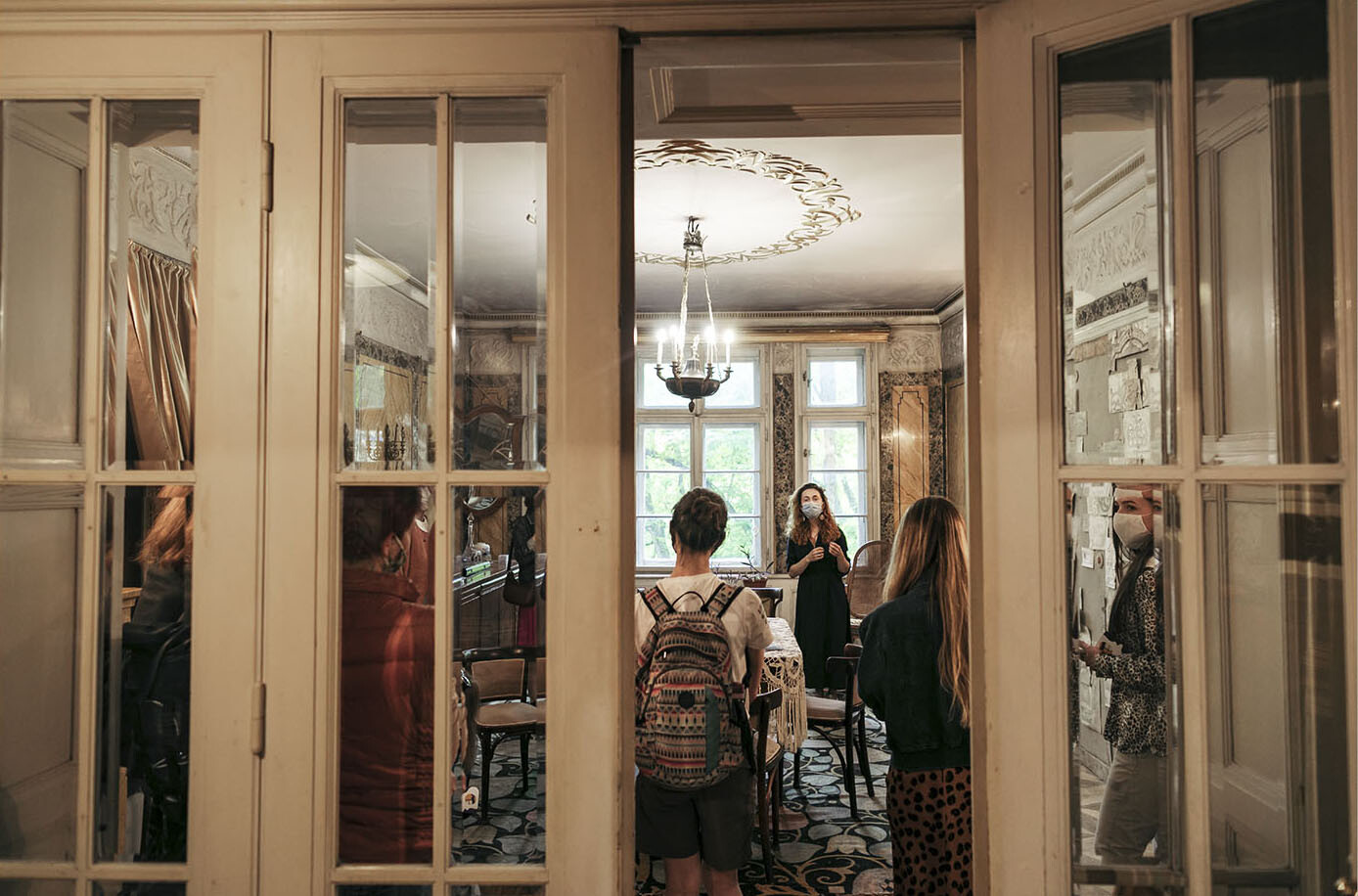
The project involved 19 people aged 4 to 89 years.
Special thanks to Ms. Clara and Mr. Thaddeus for the warm welcome and support of the project.
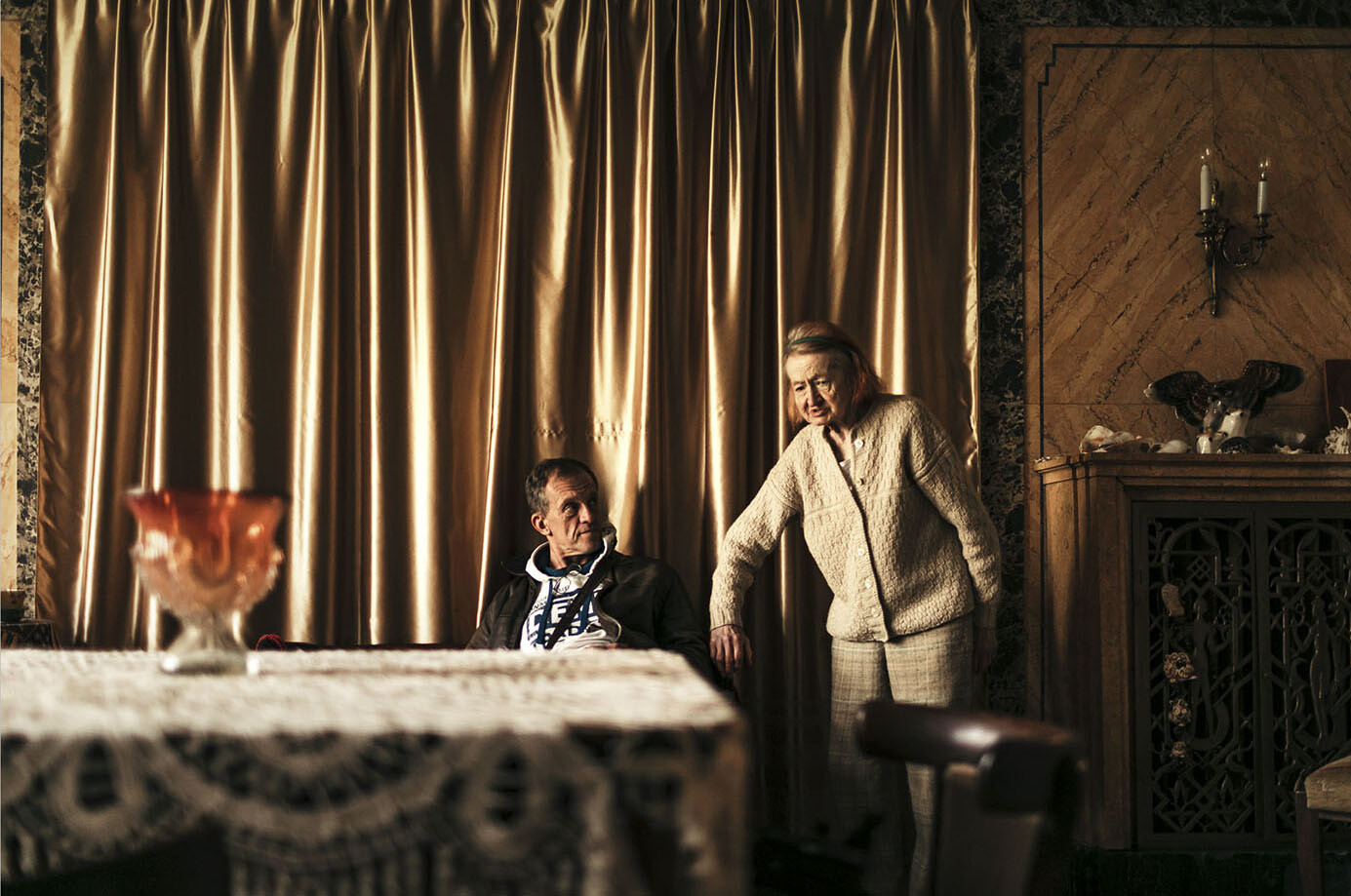
Prior to the presentation of the project created within the framework of the international program Modernism for the Future 360/365, a copy of the album was published, which covered the work process in detail. The cover was made by me by hand in a single copy in the technique of blind printing linocut. The relief reflects the location of the house of the Gallets from the project of Tadeusz Wrubel. The album was presented at Knyazha 16. I am preparing an extended English version for the exhibition in Kaunas, which will include more detailed interviews and materials from the exposition in Lviv.
